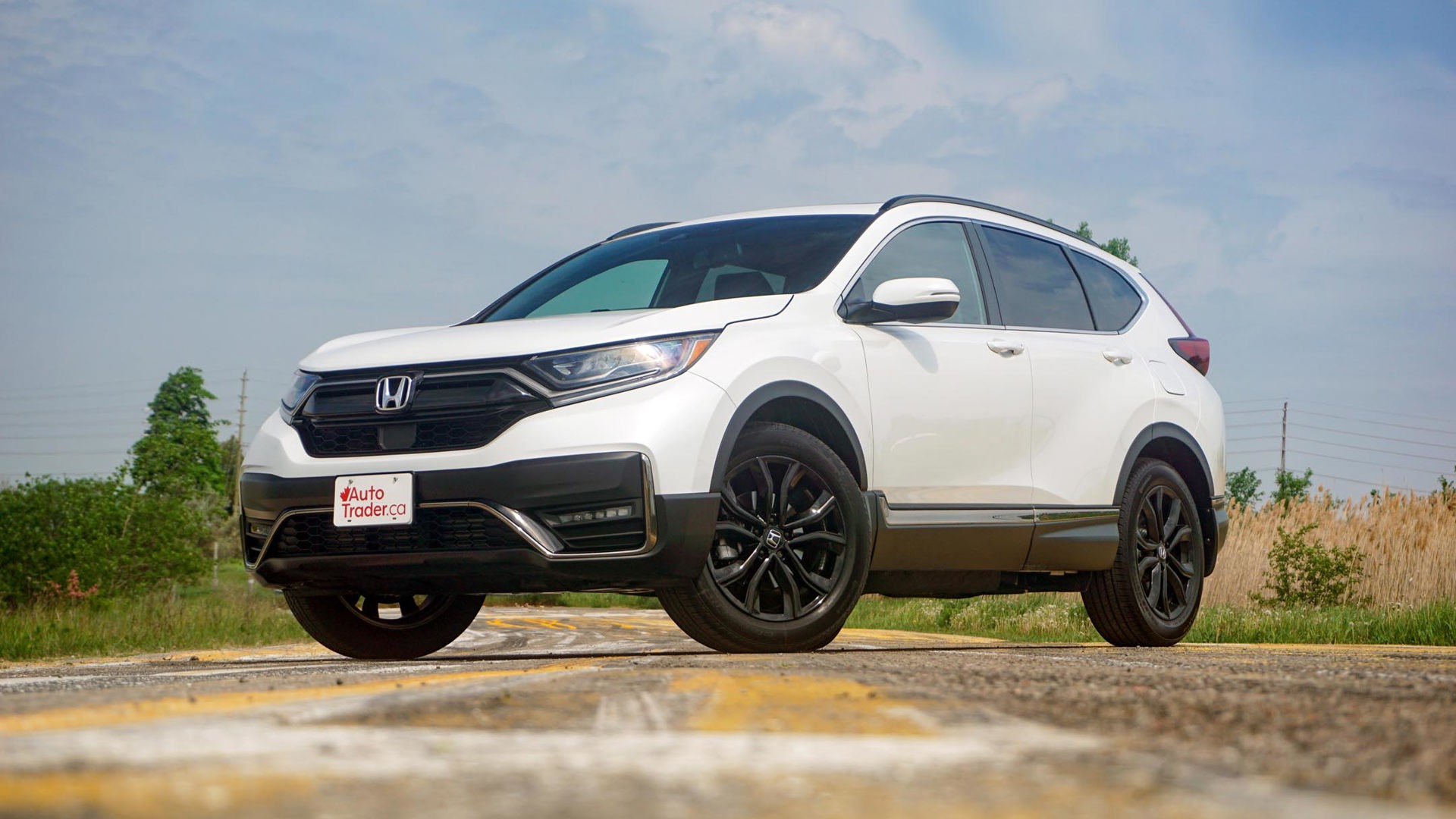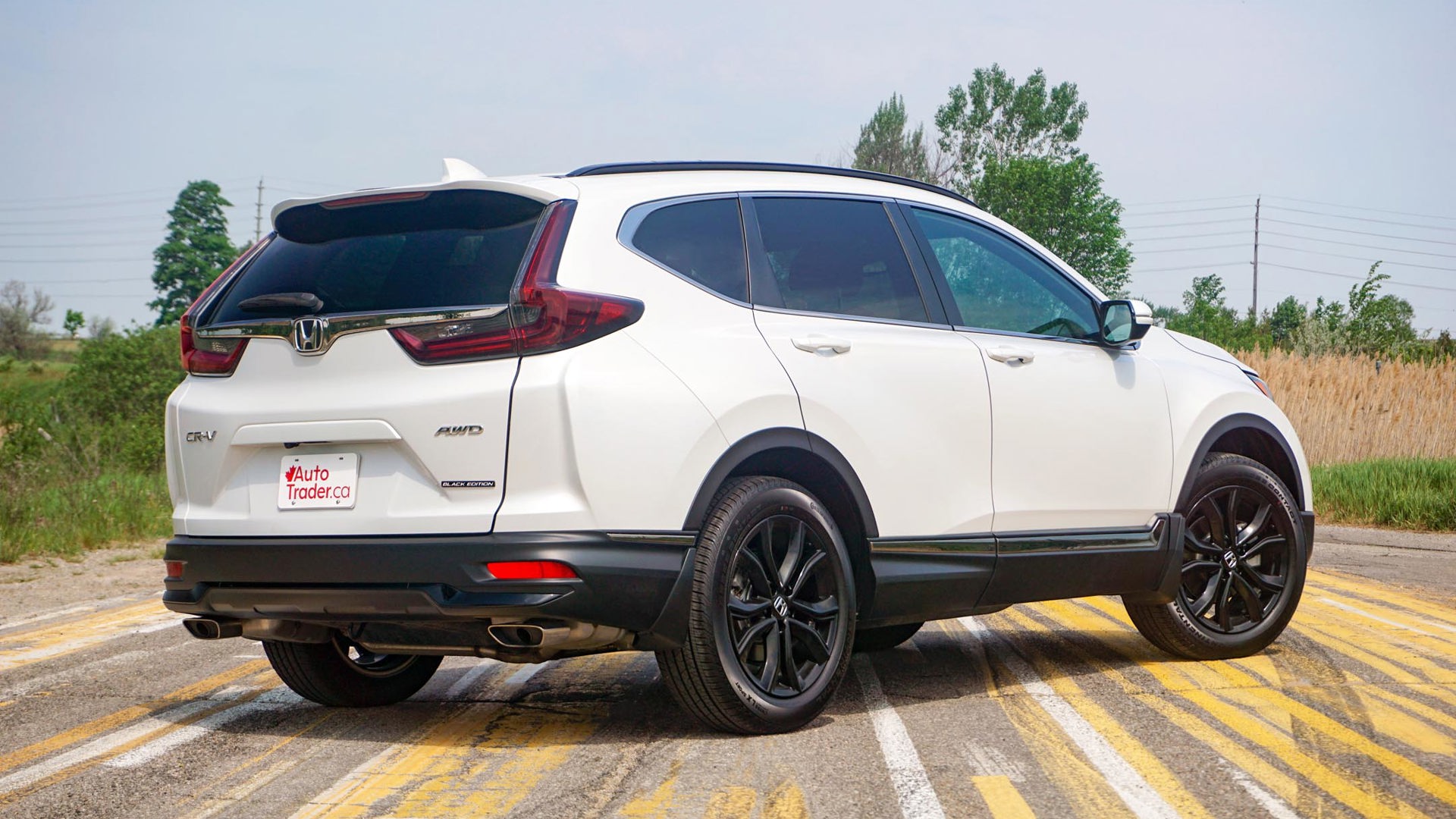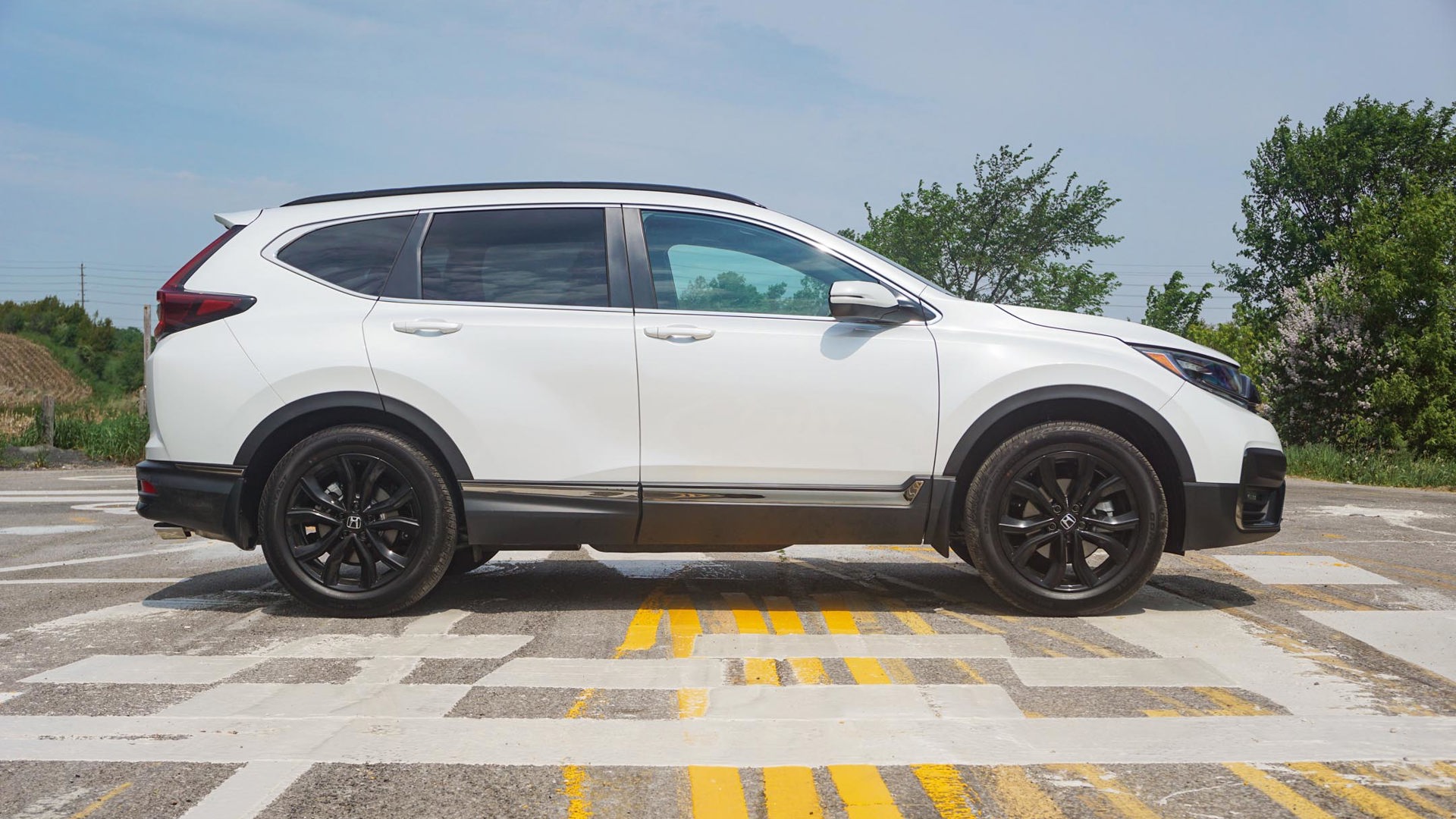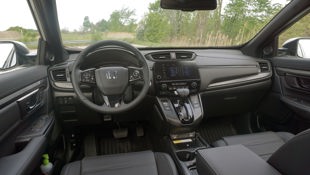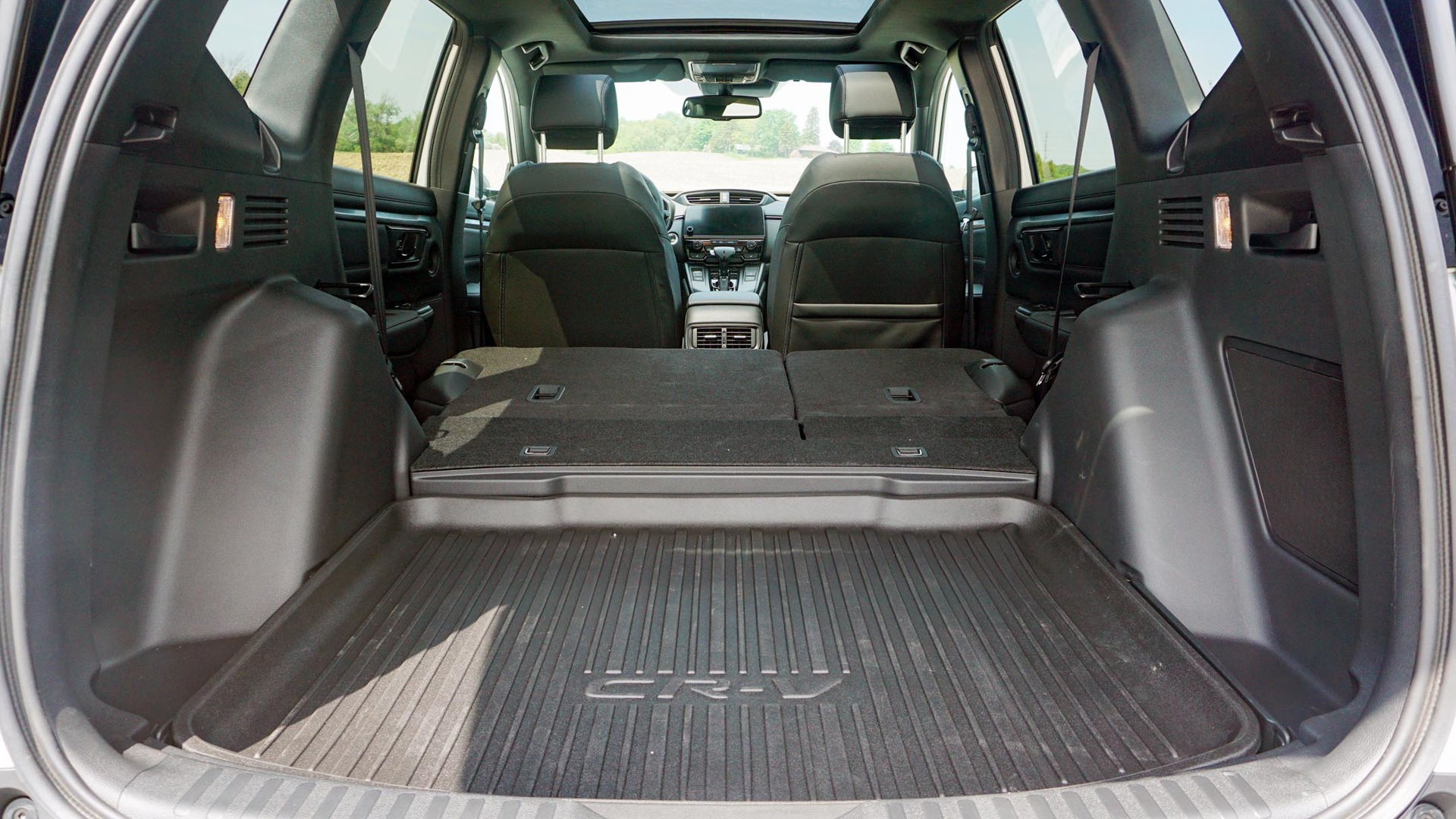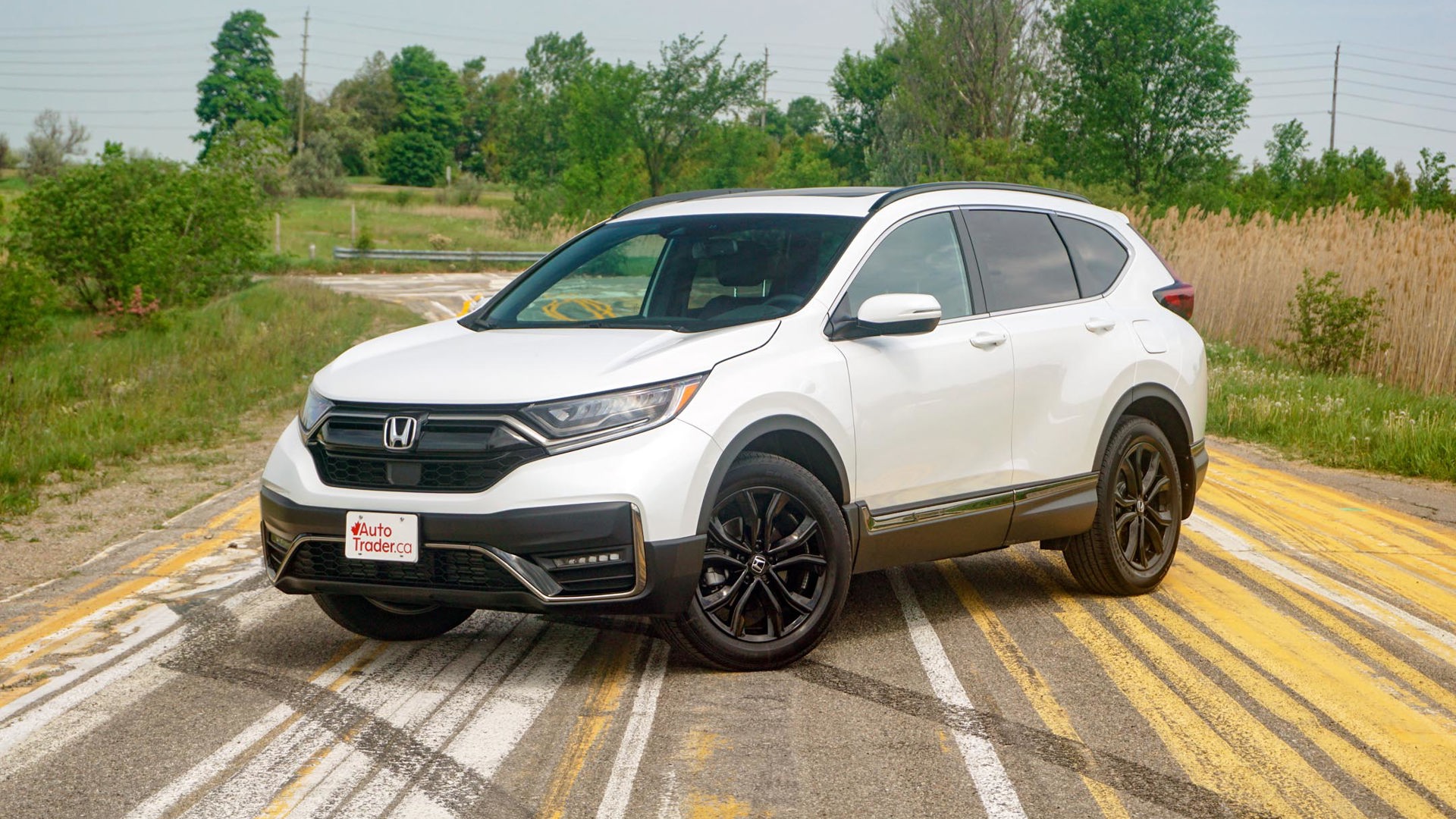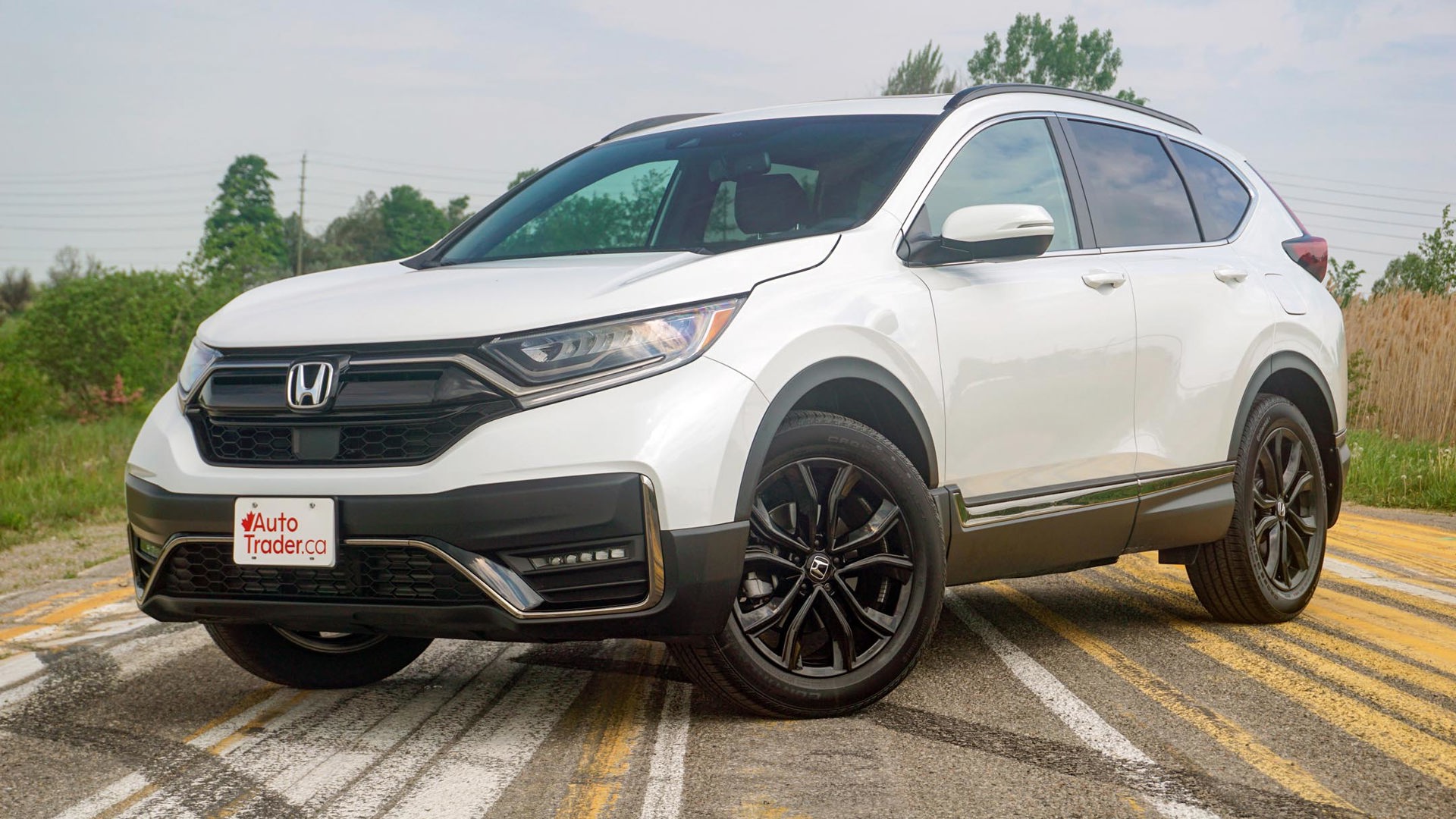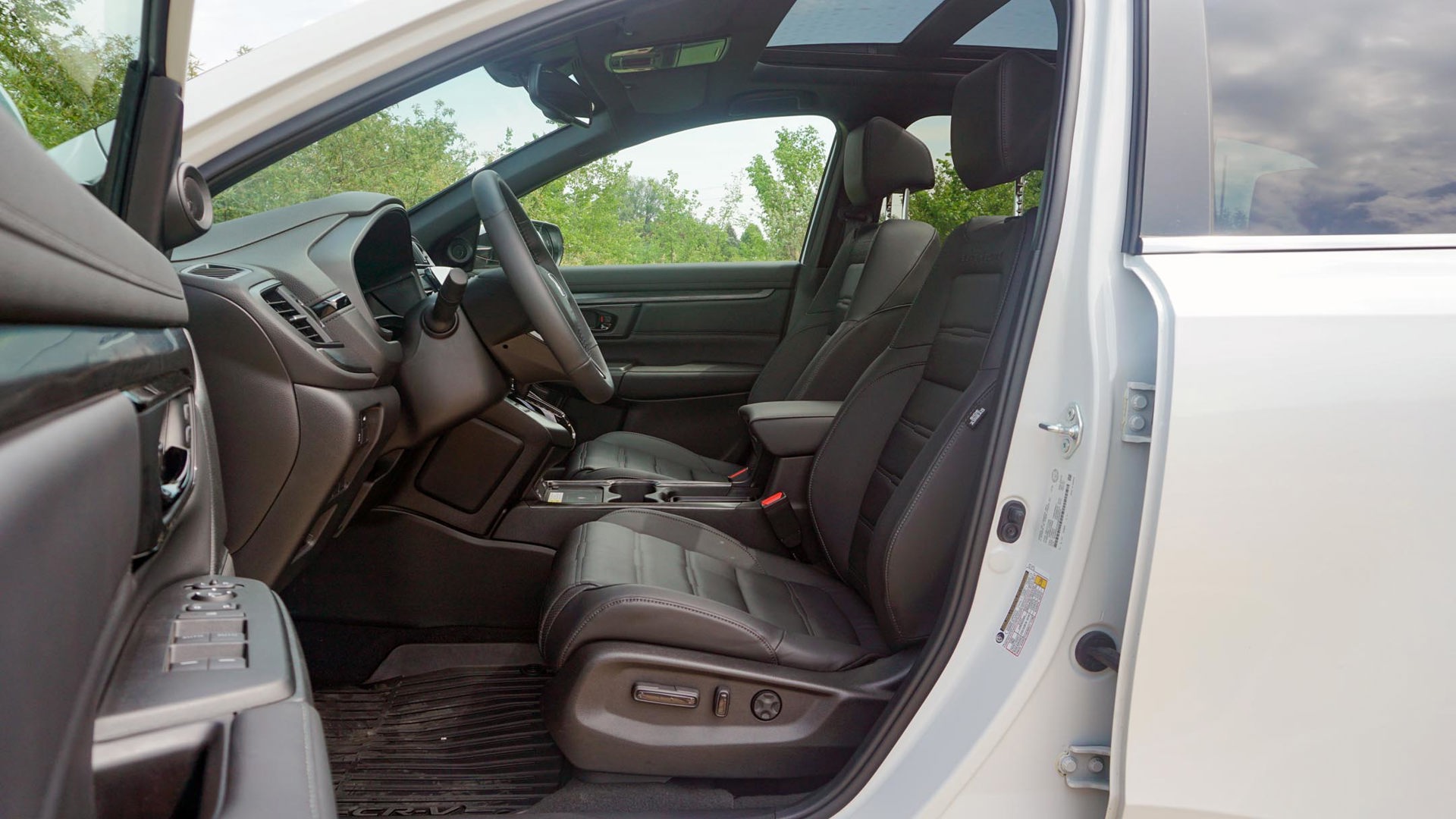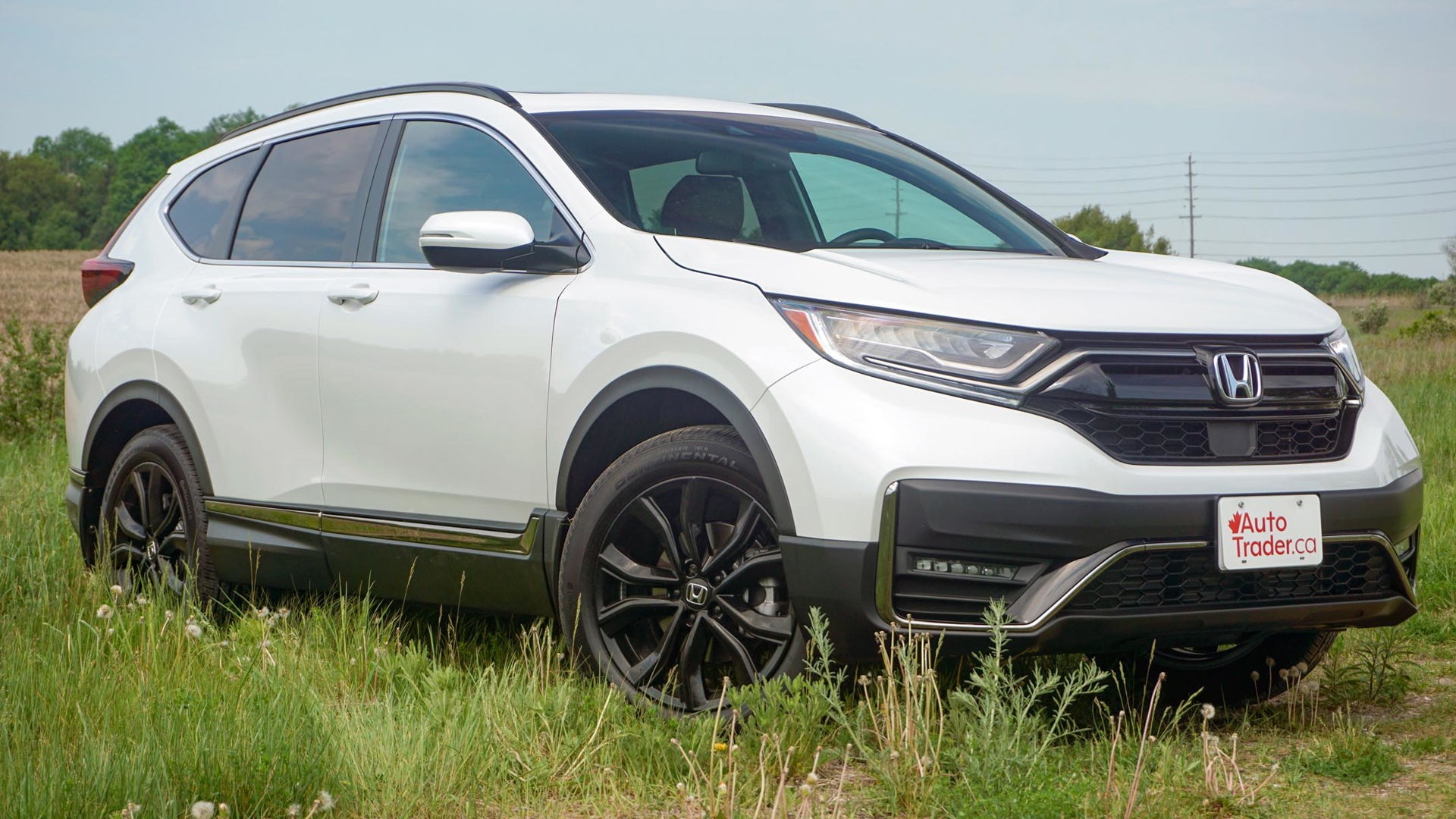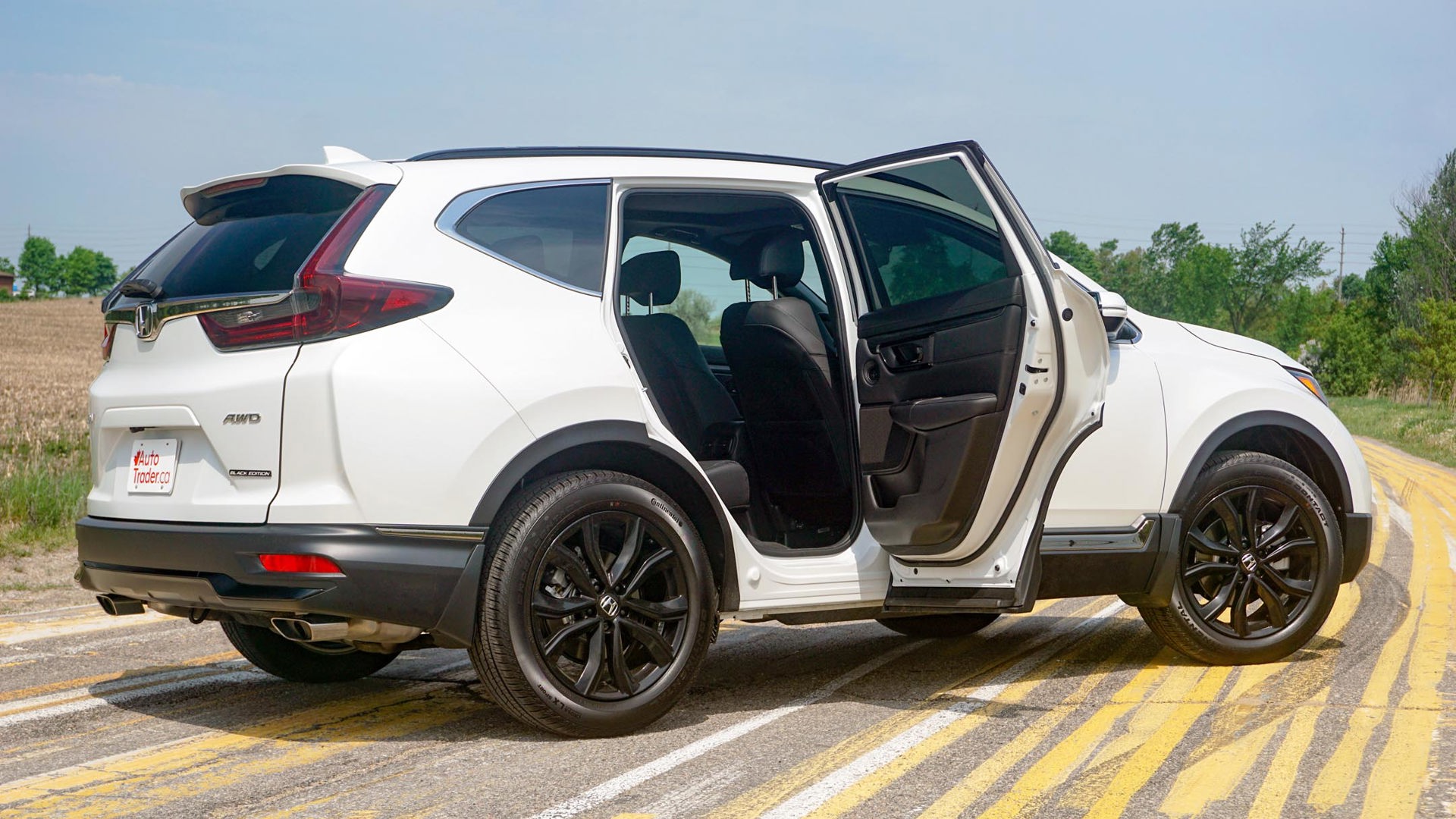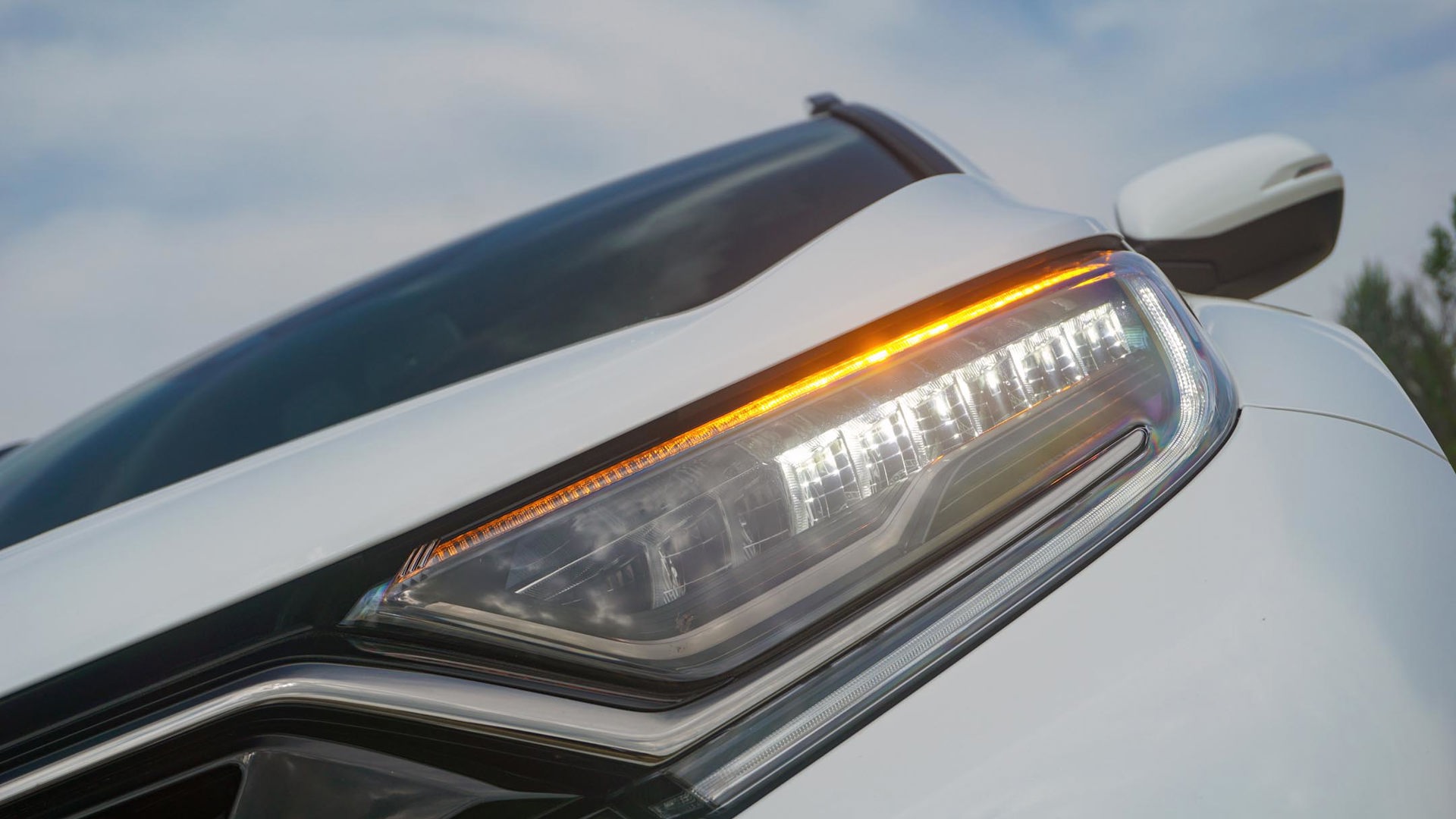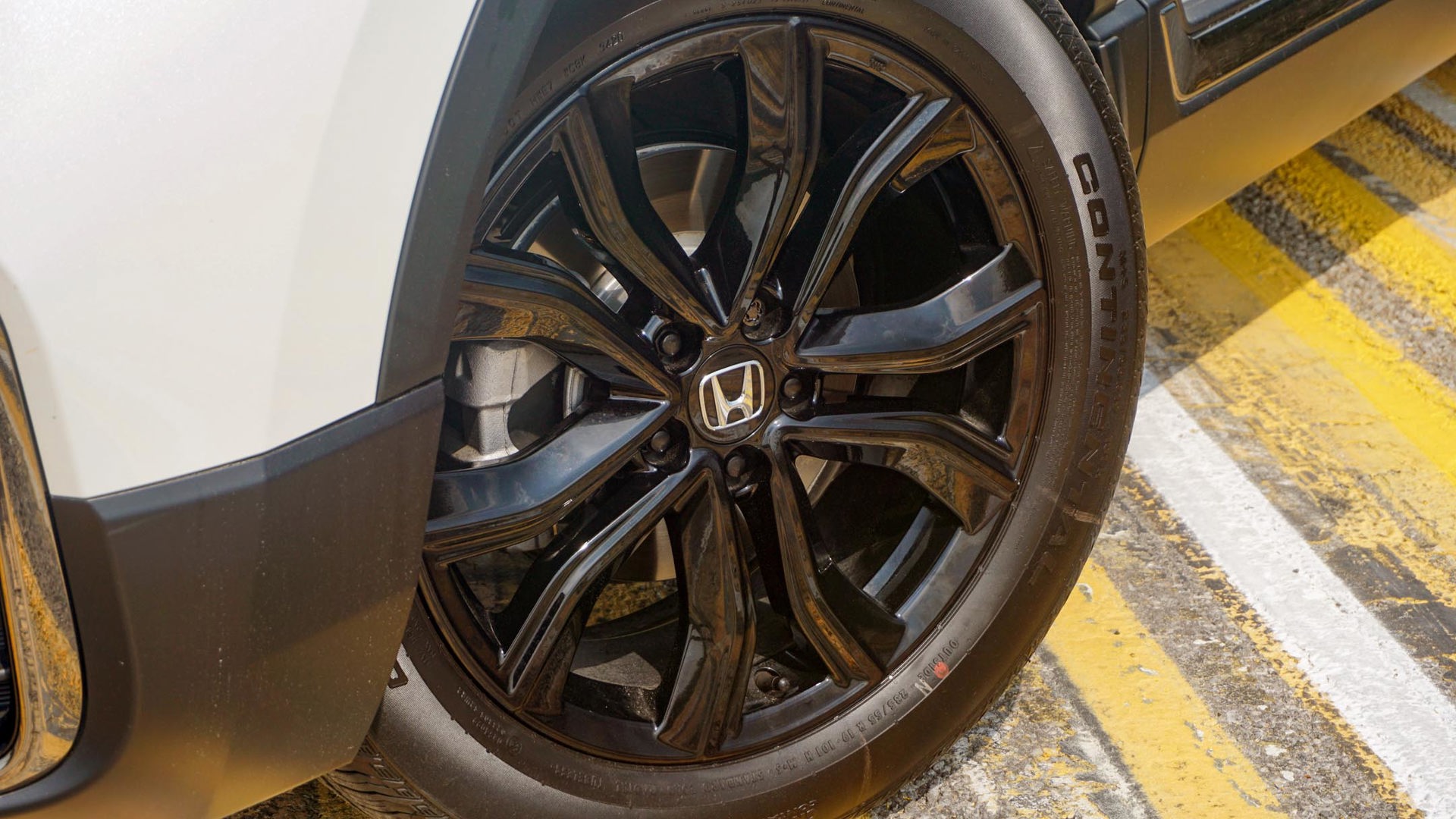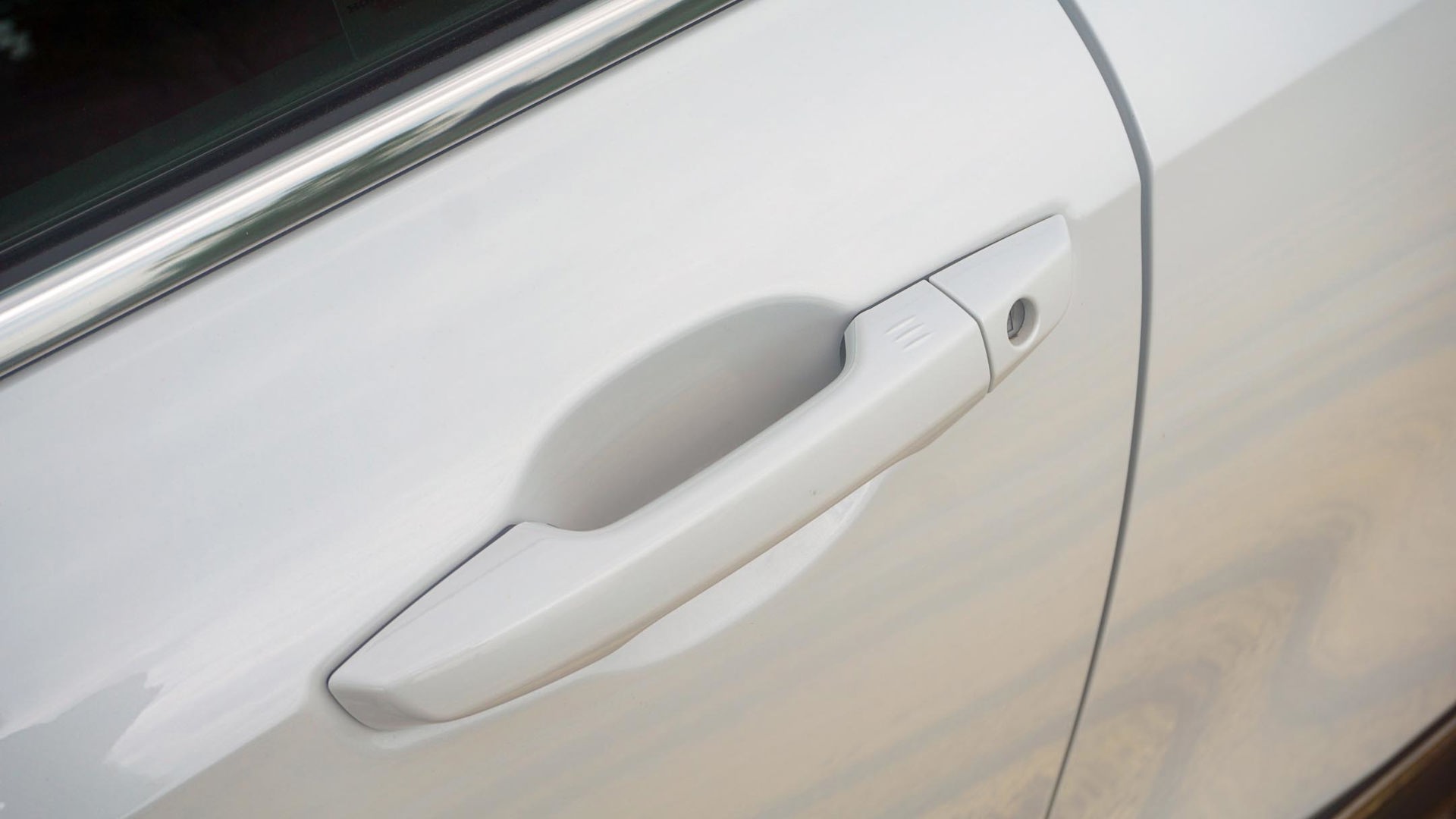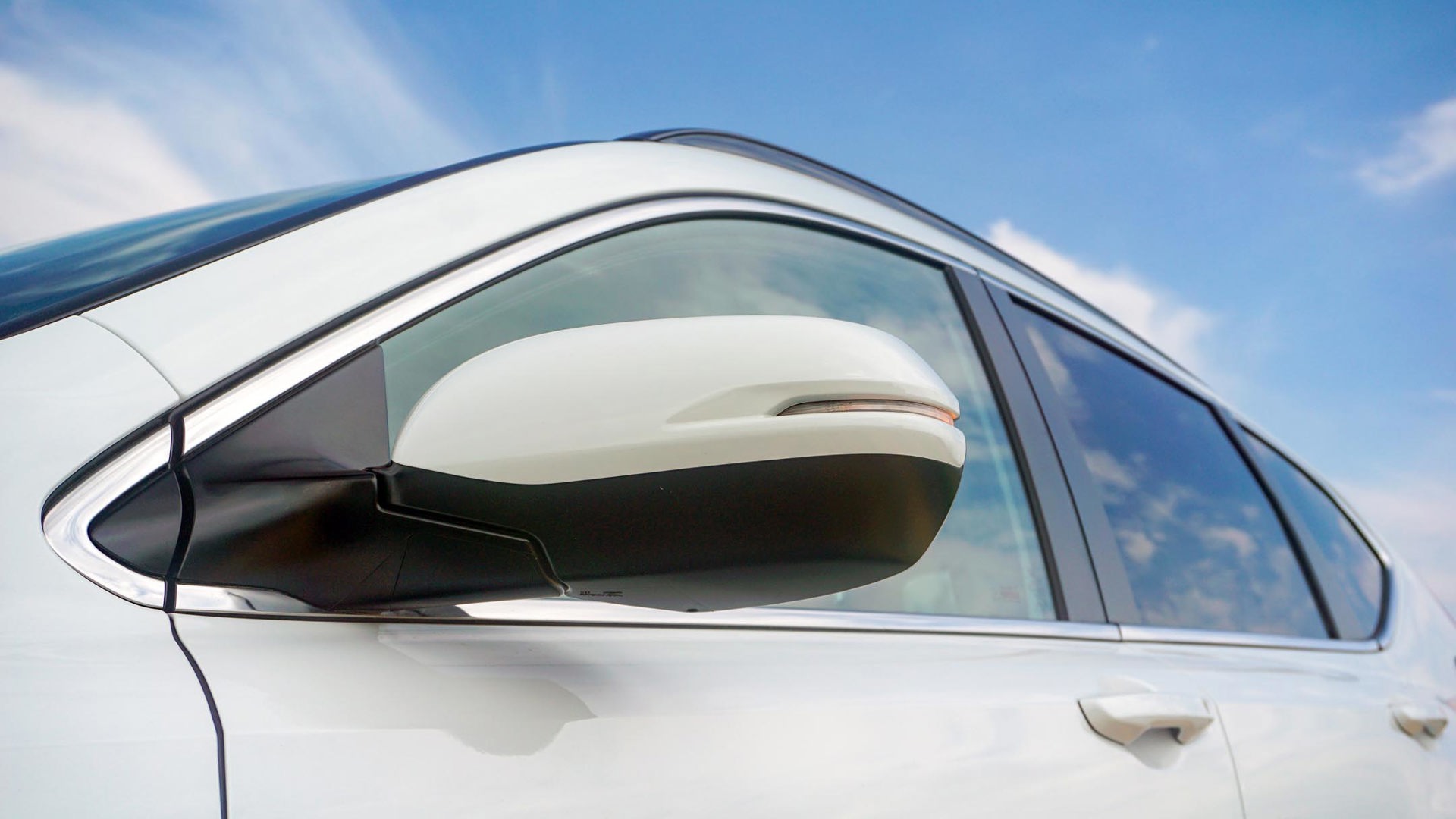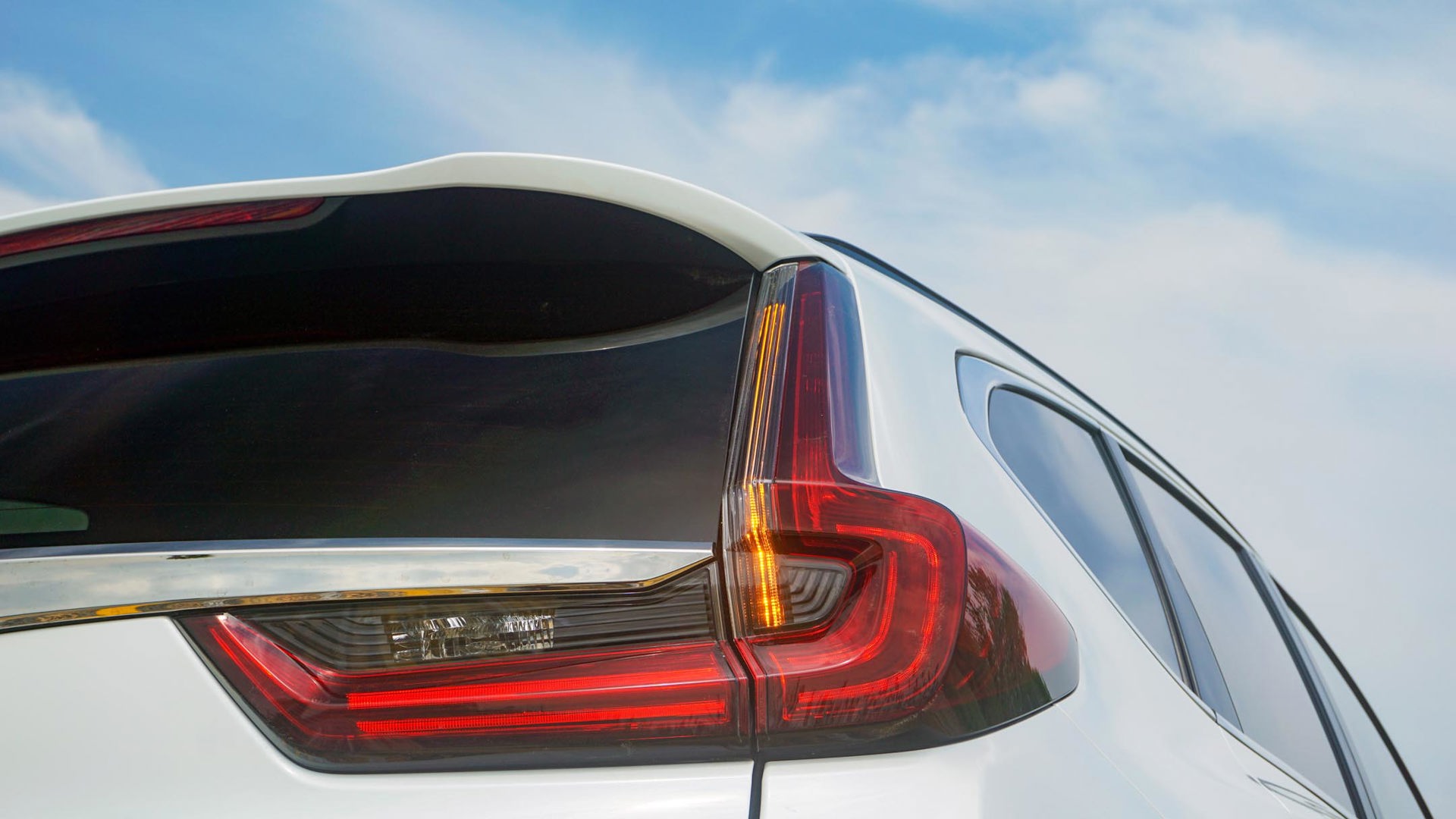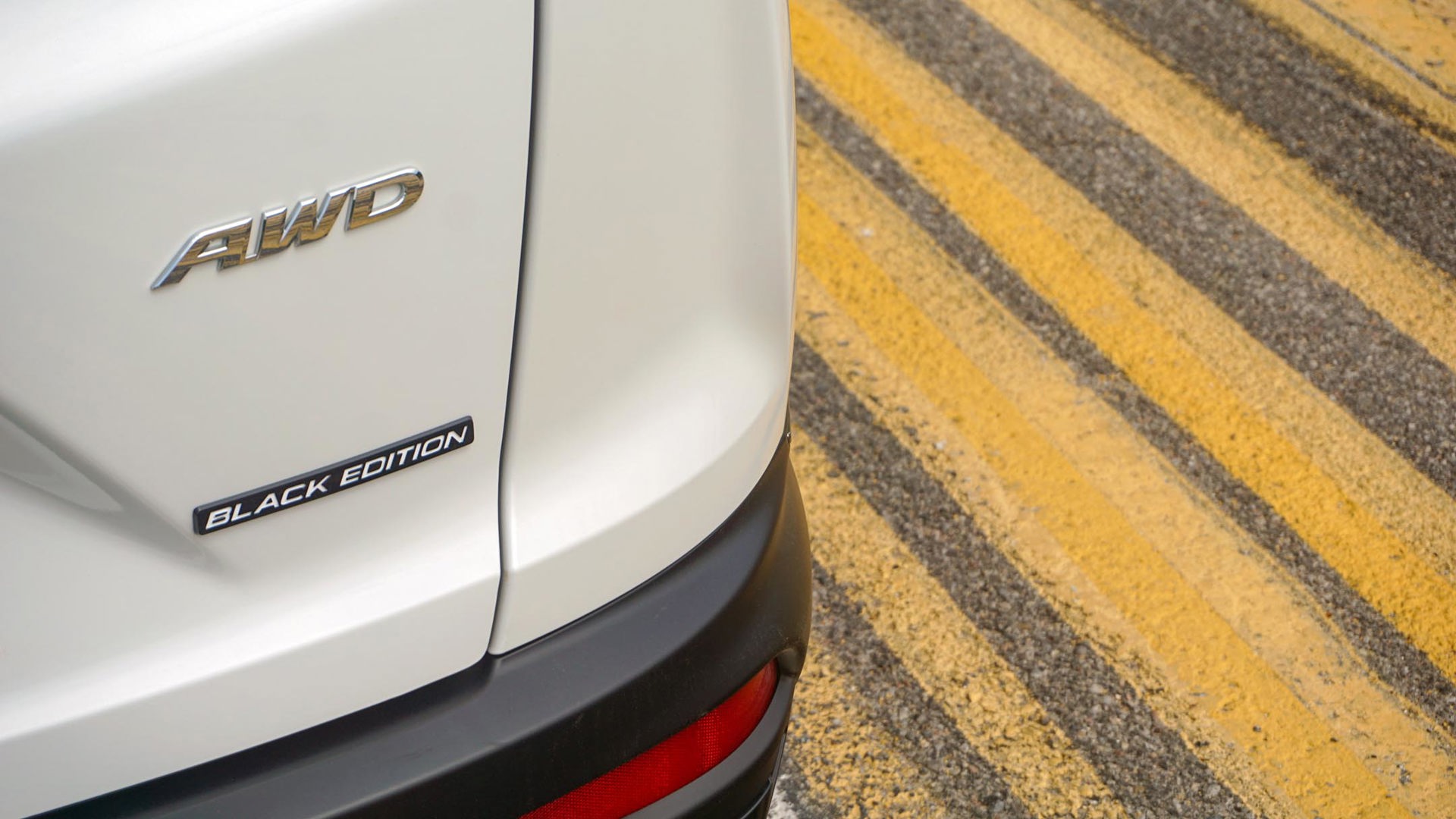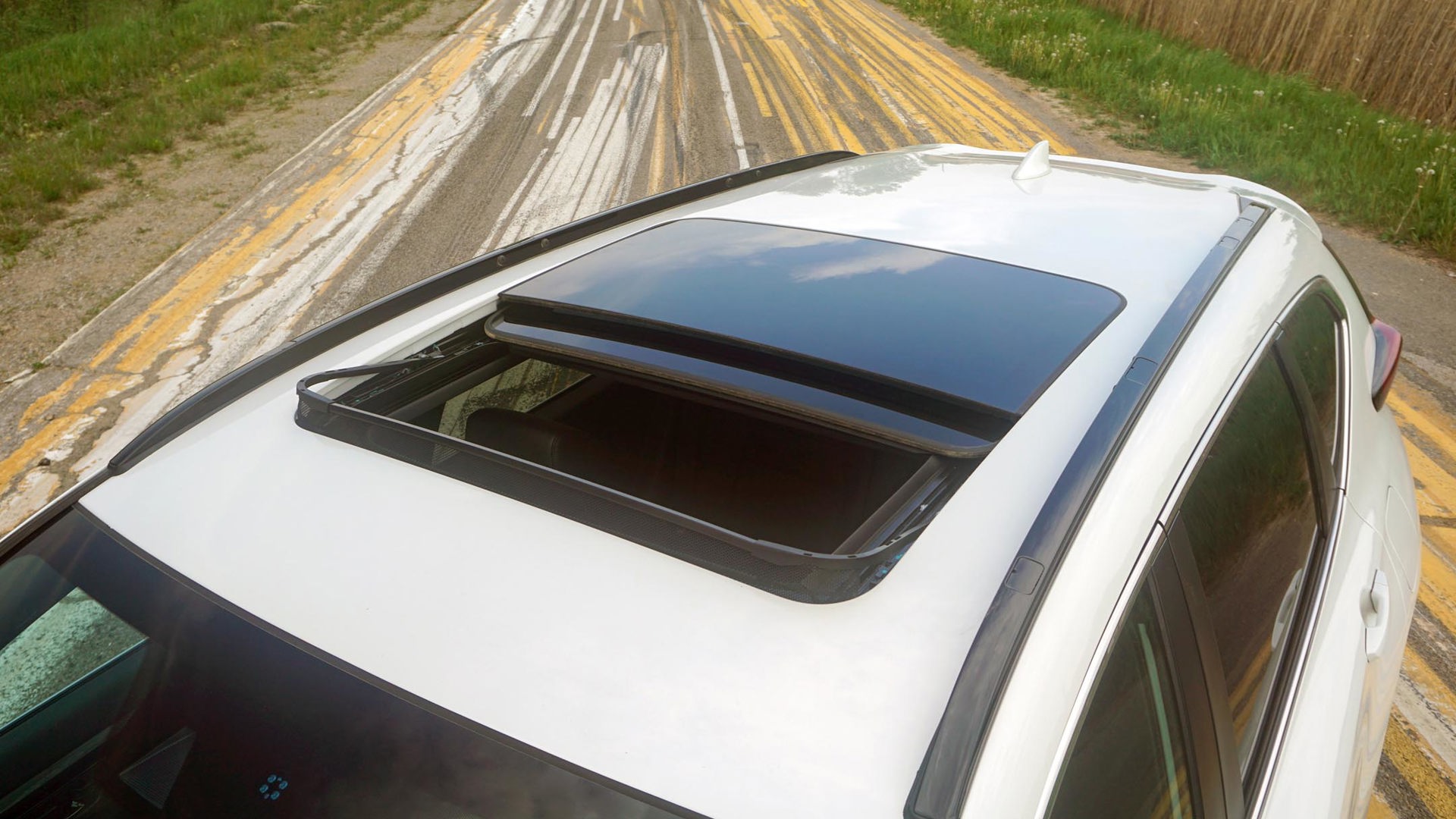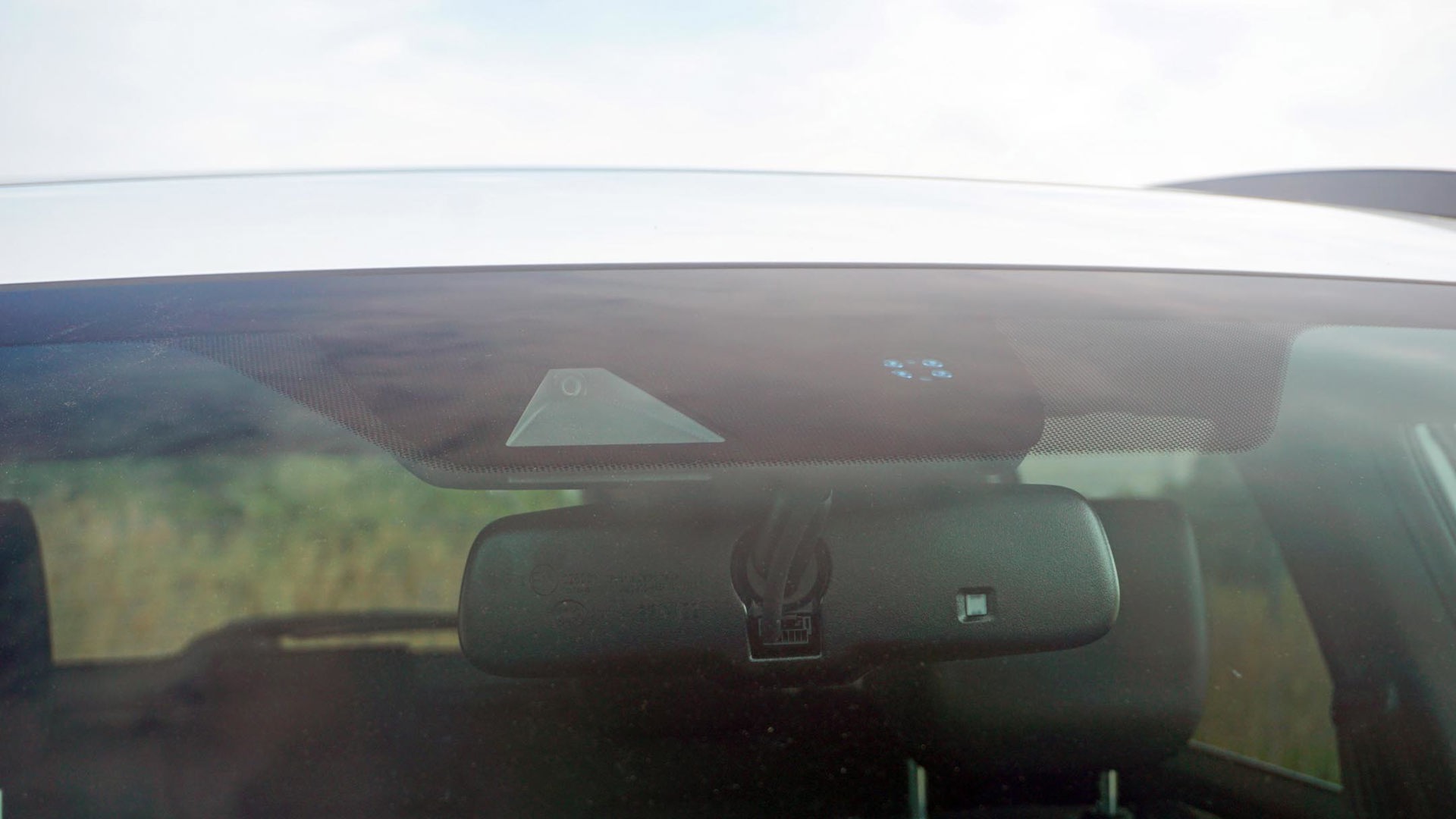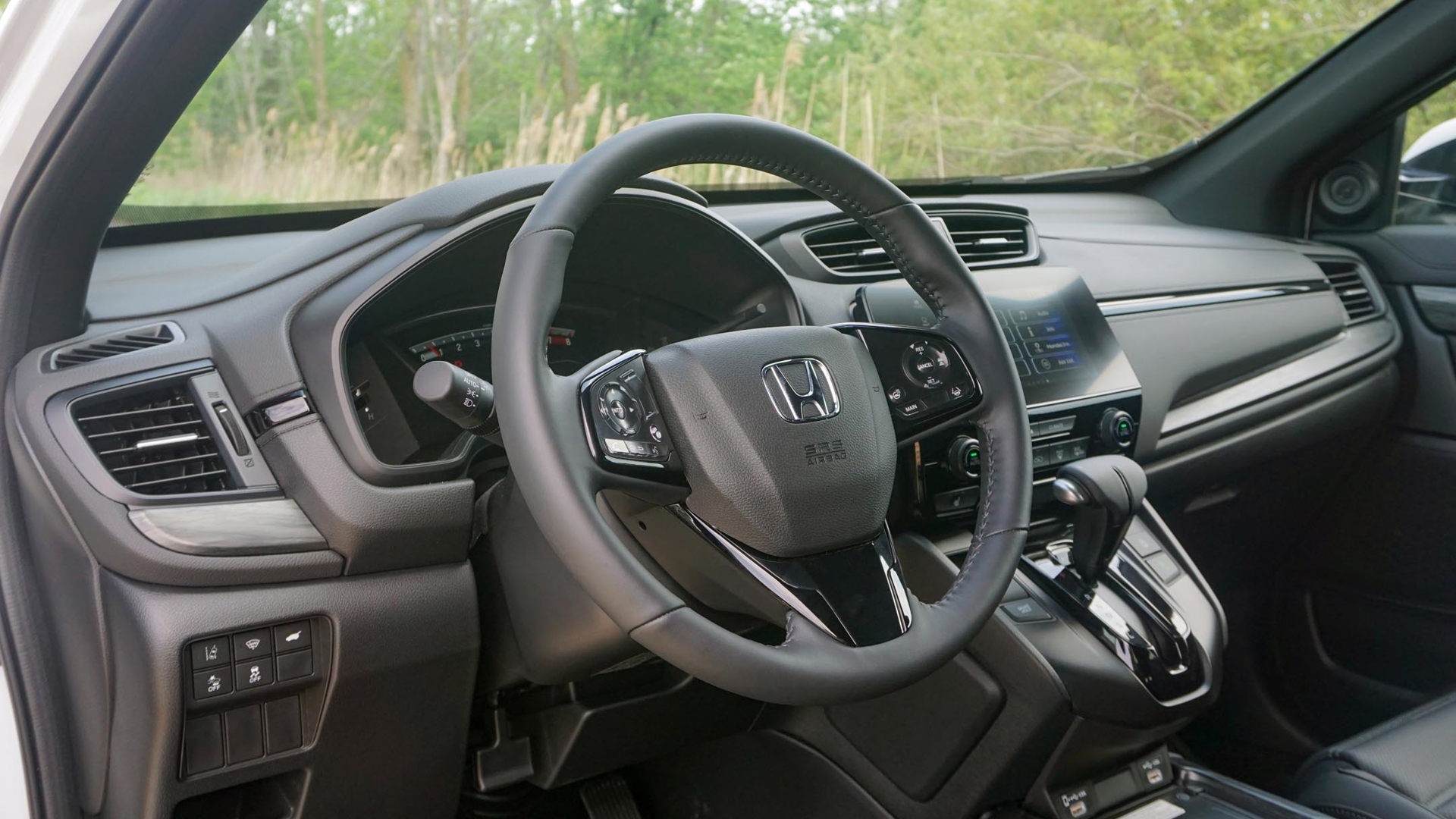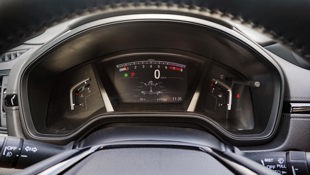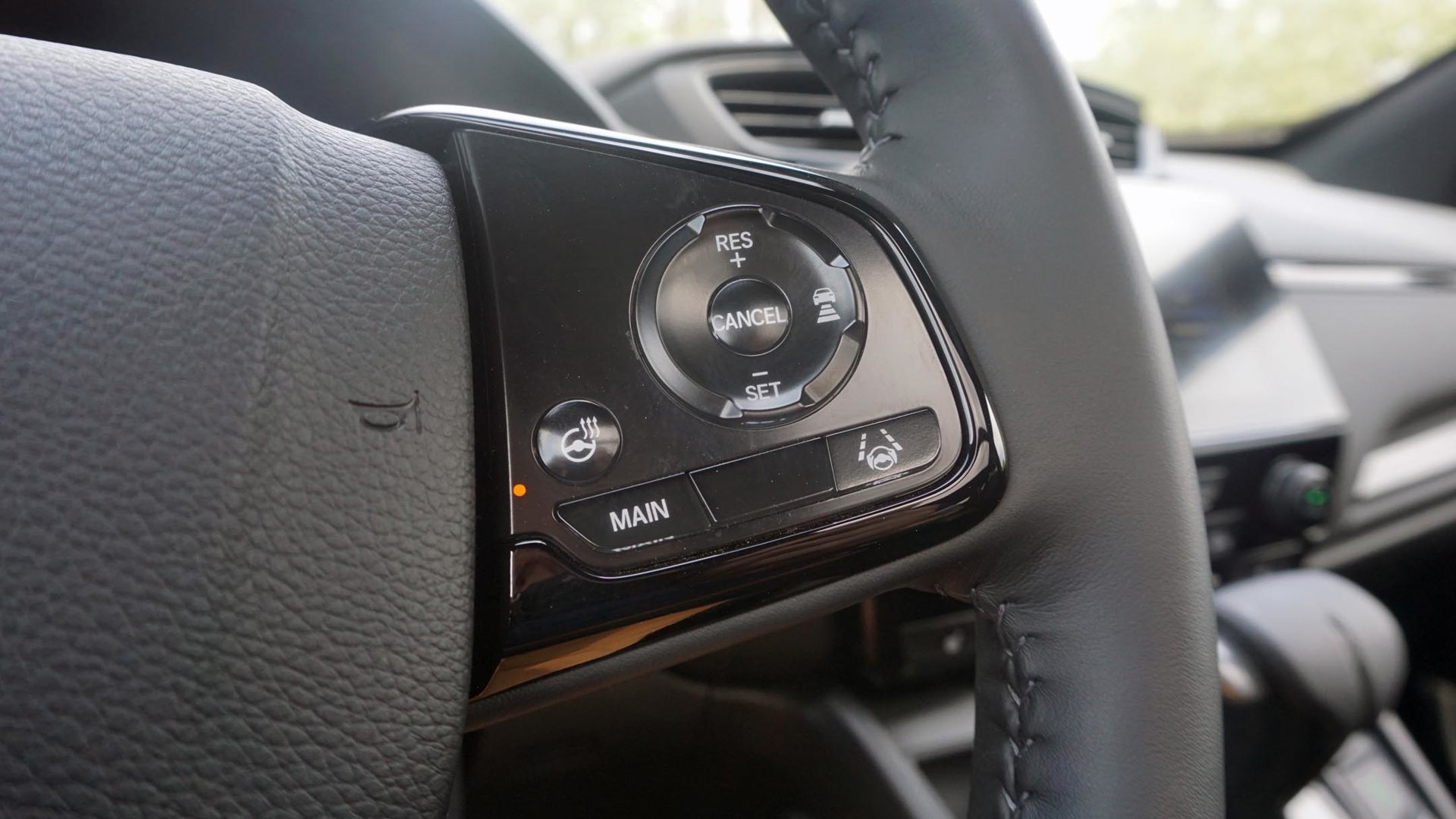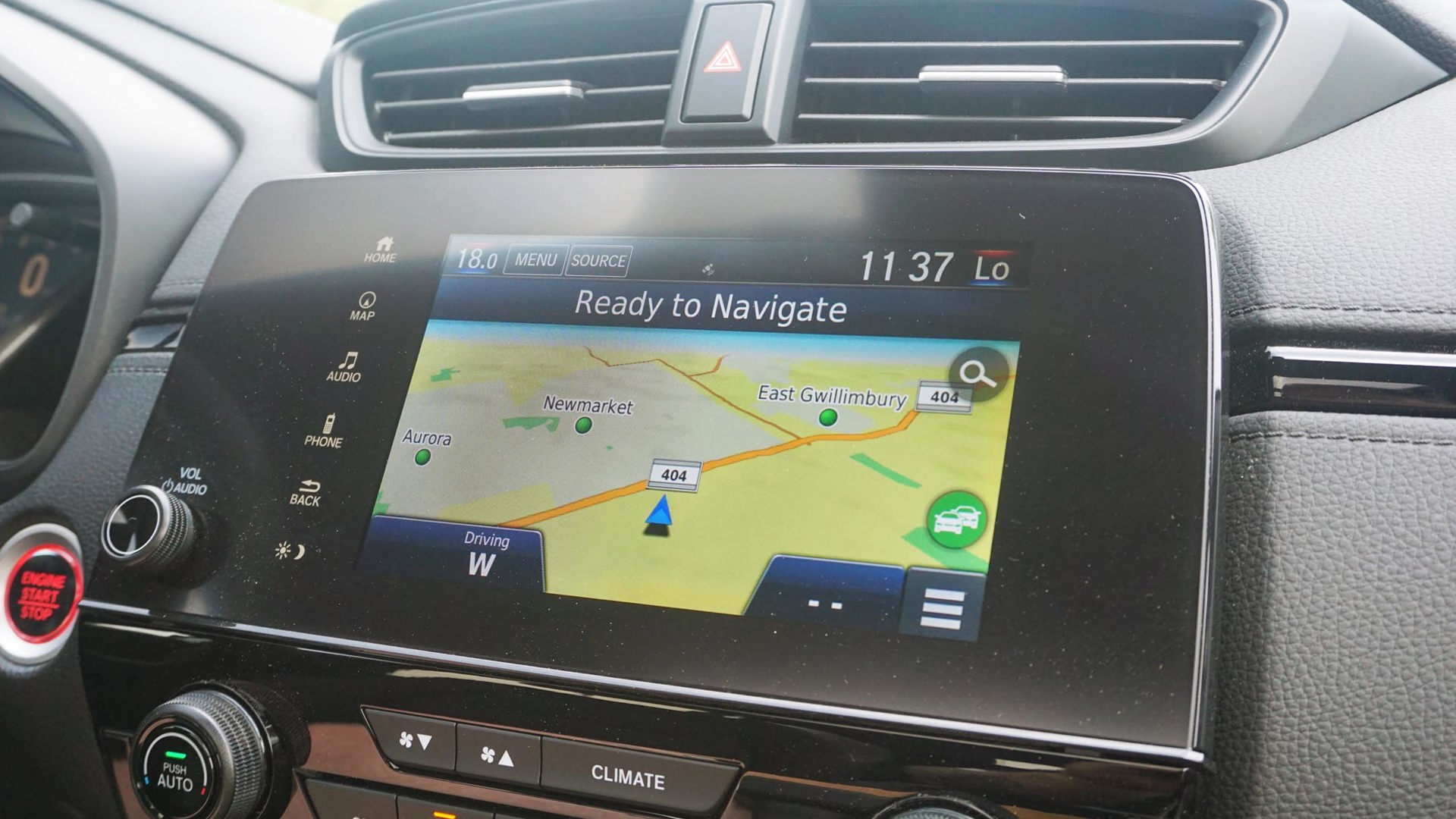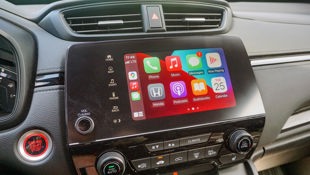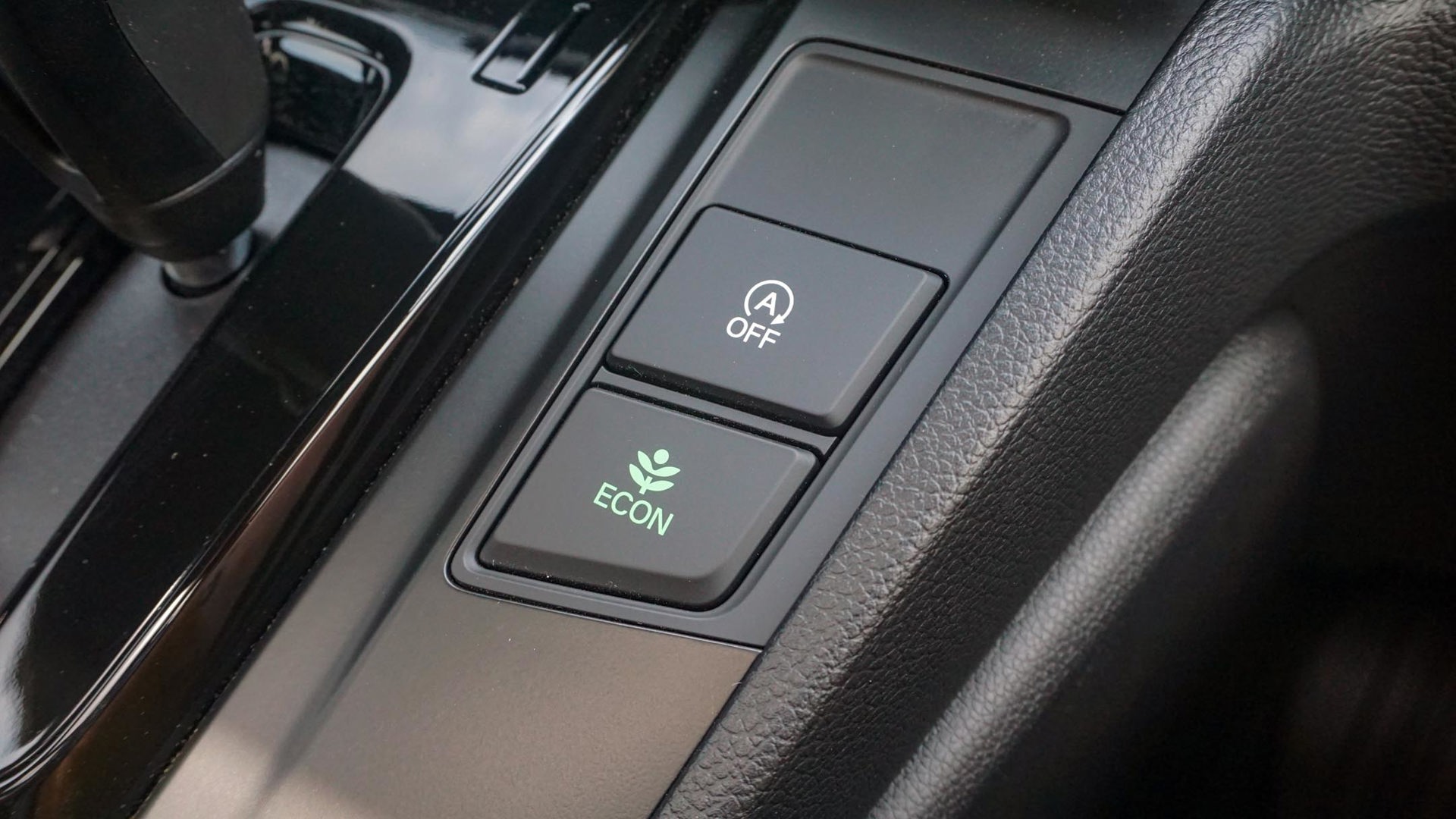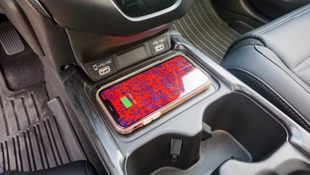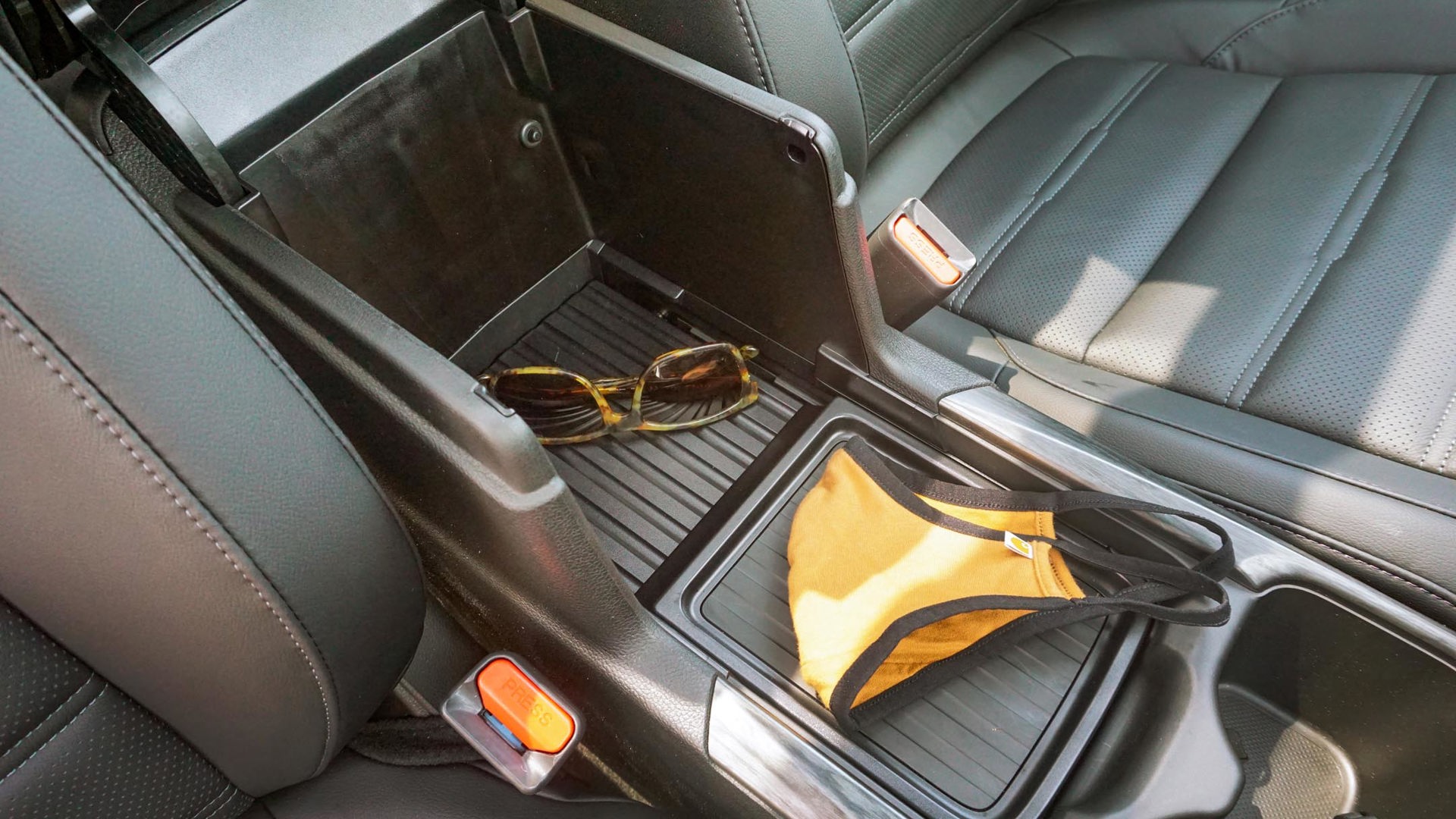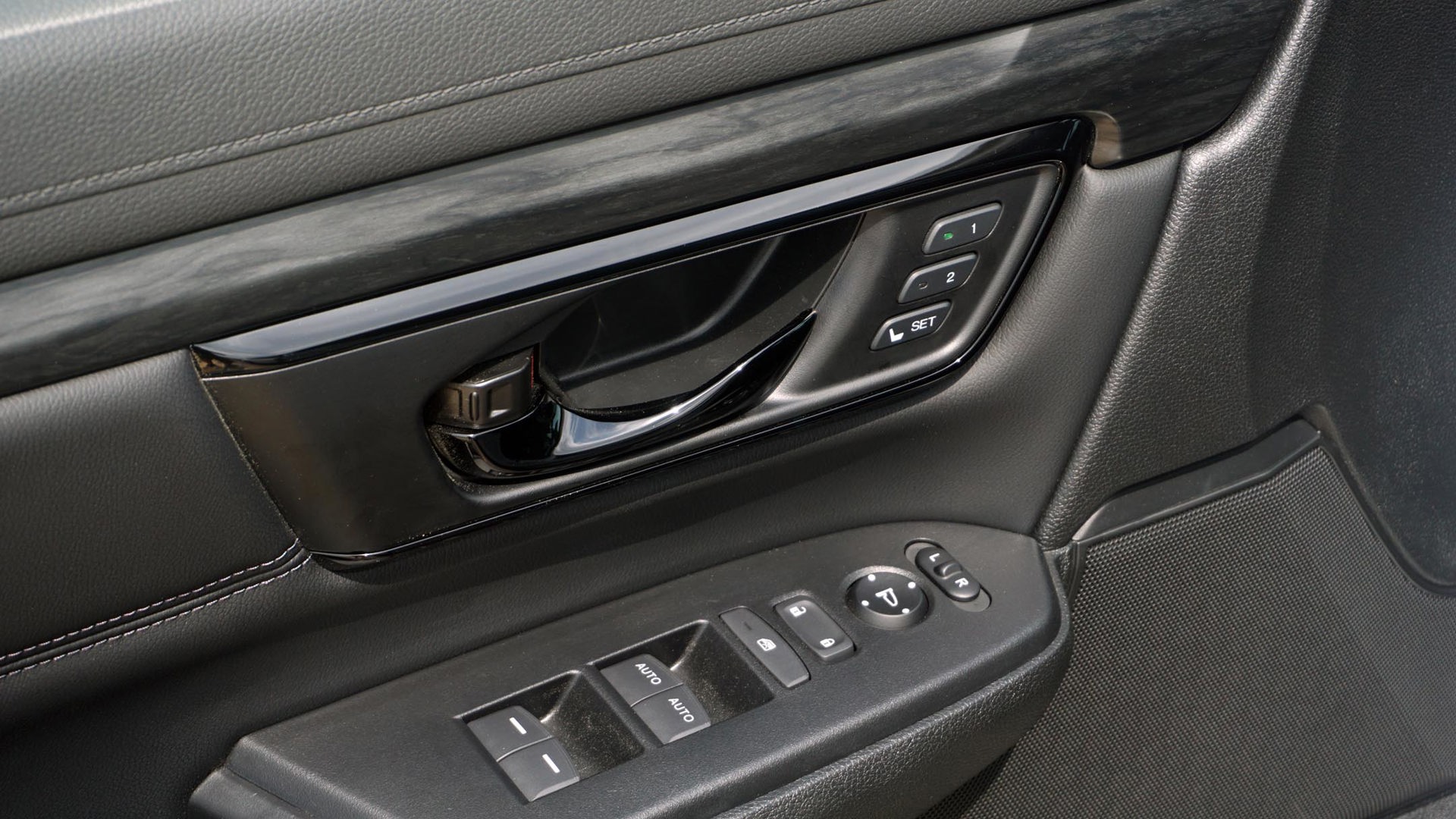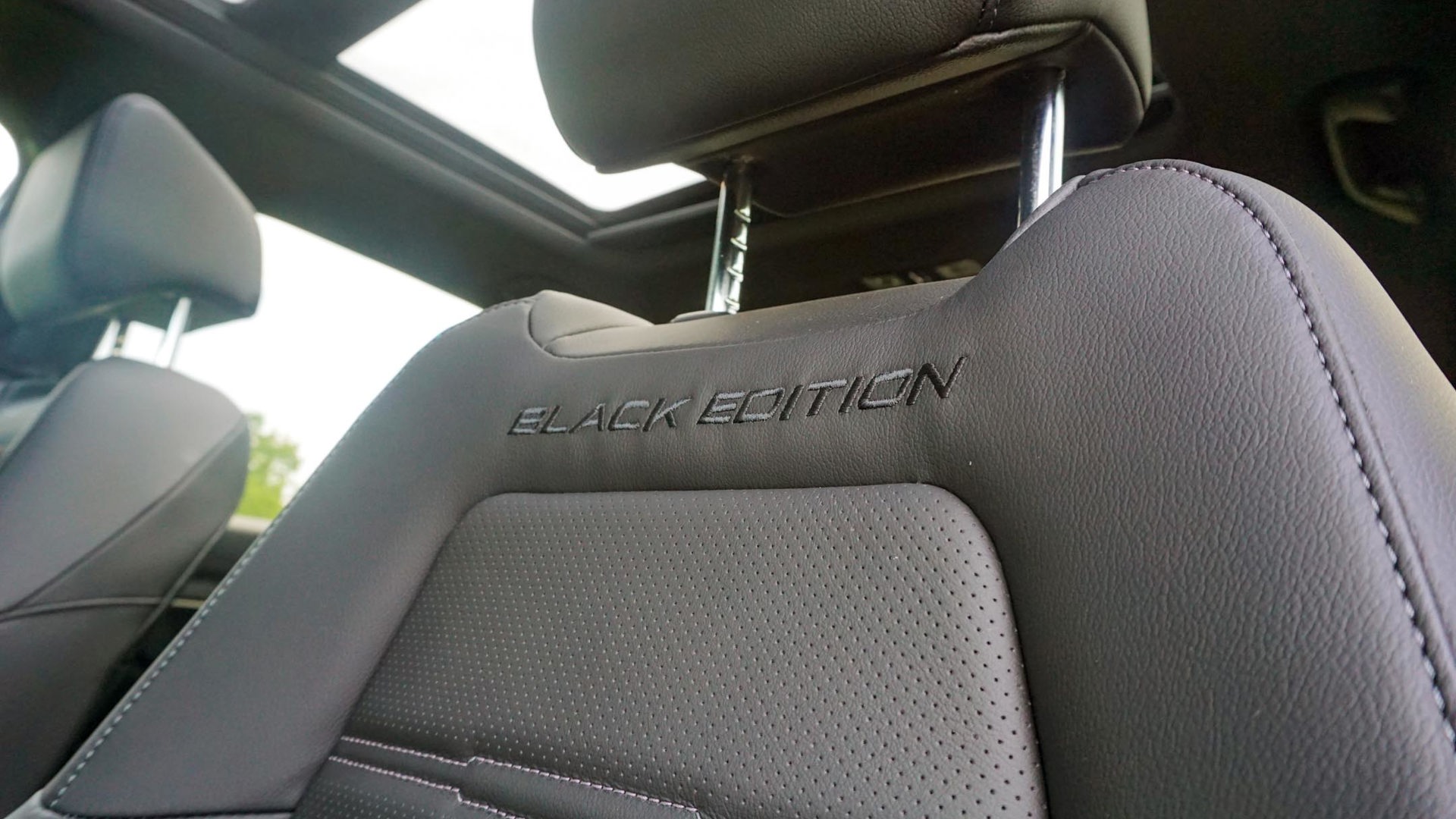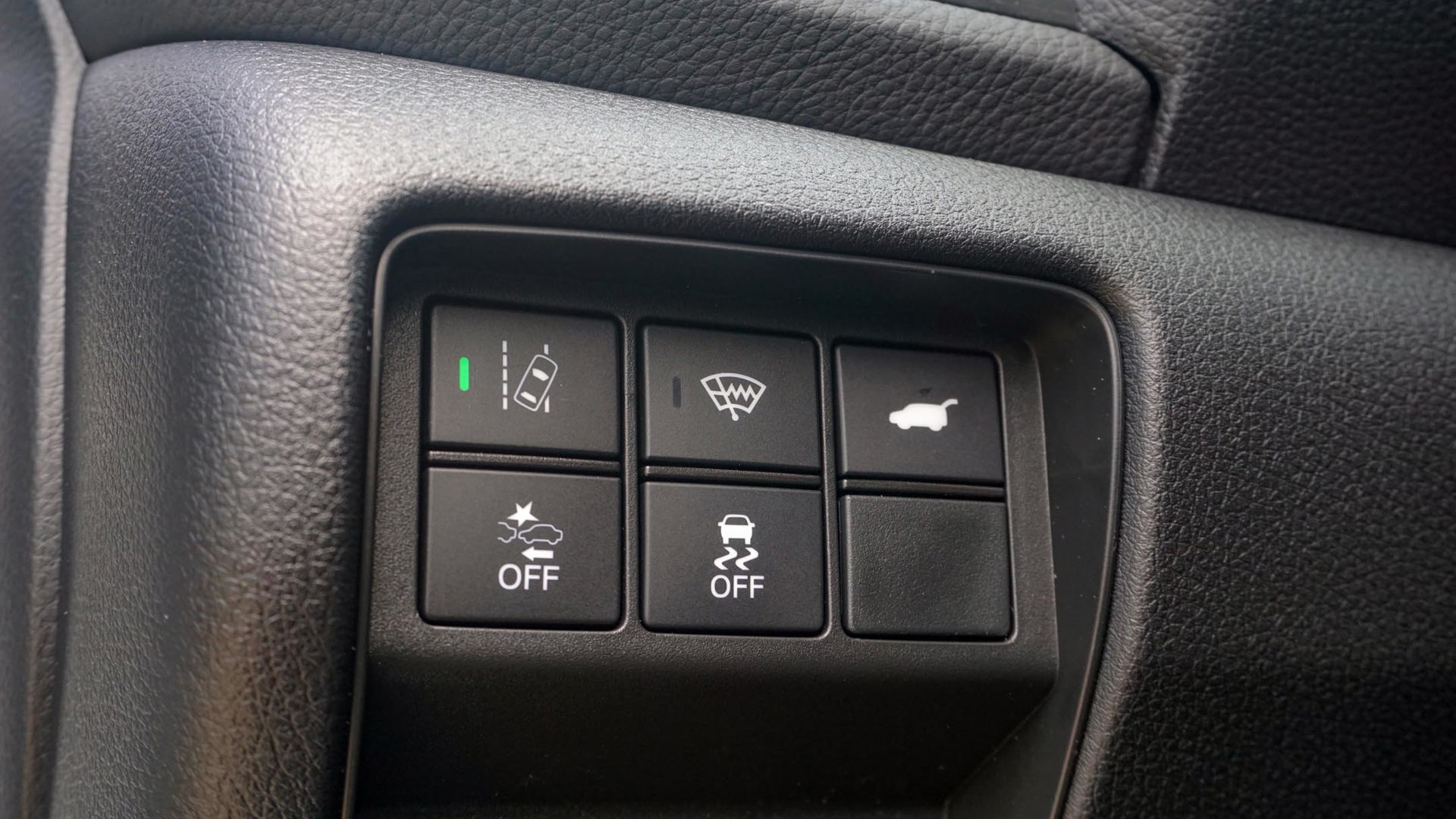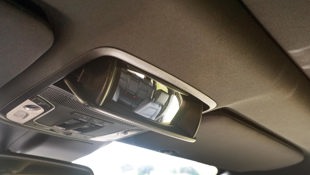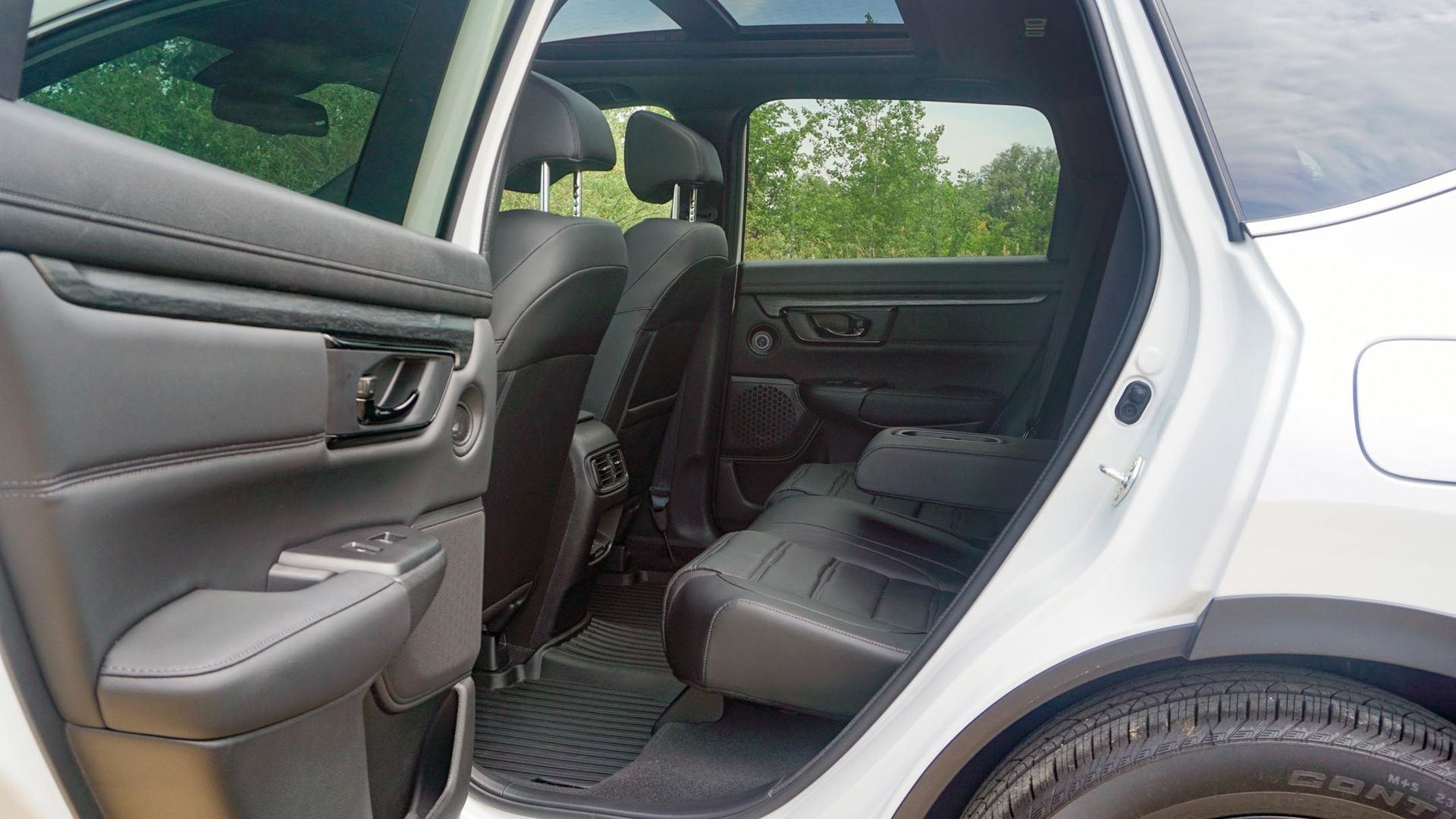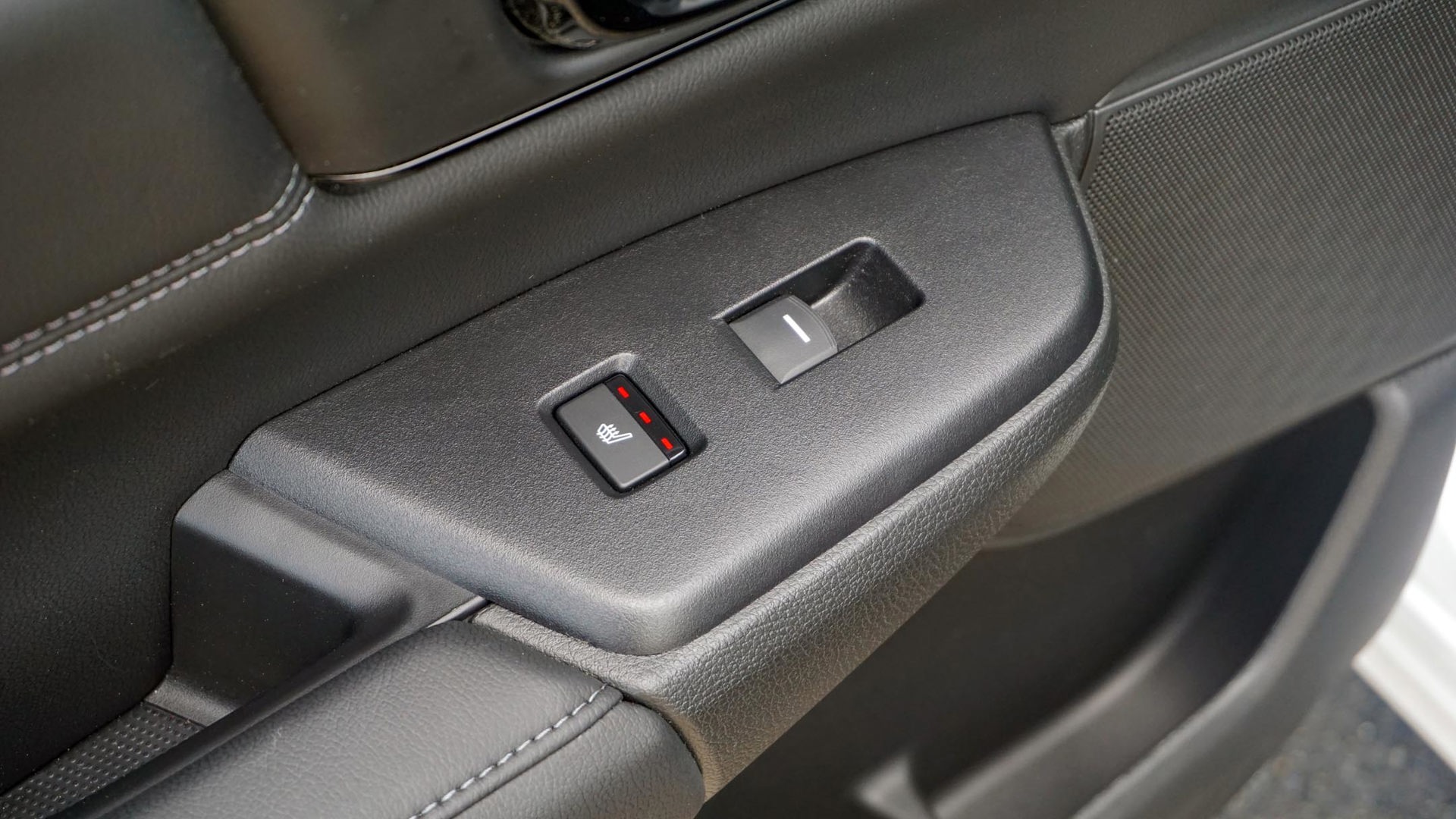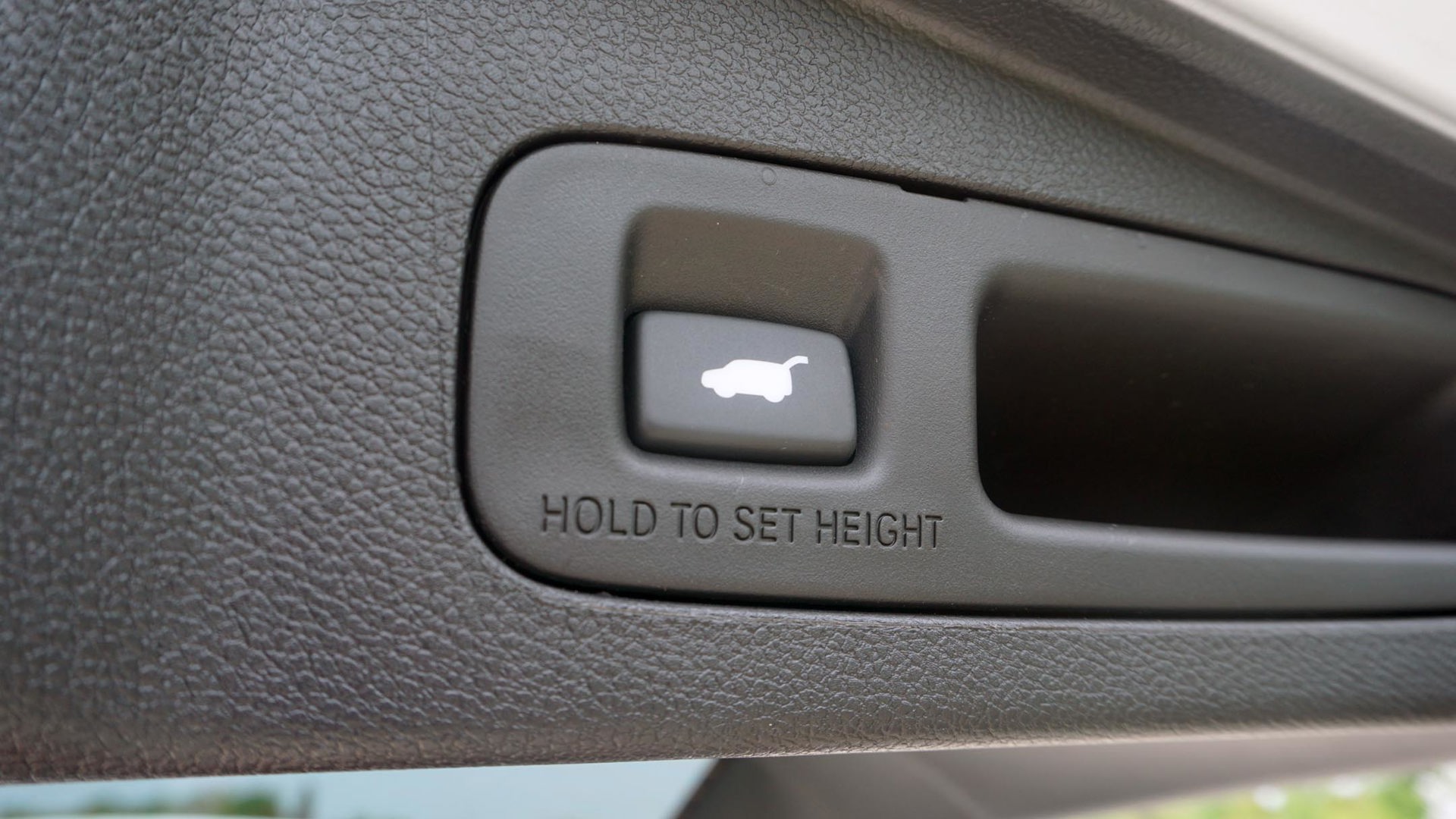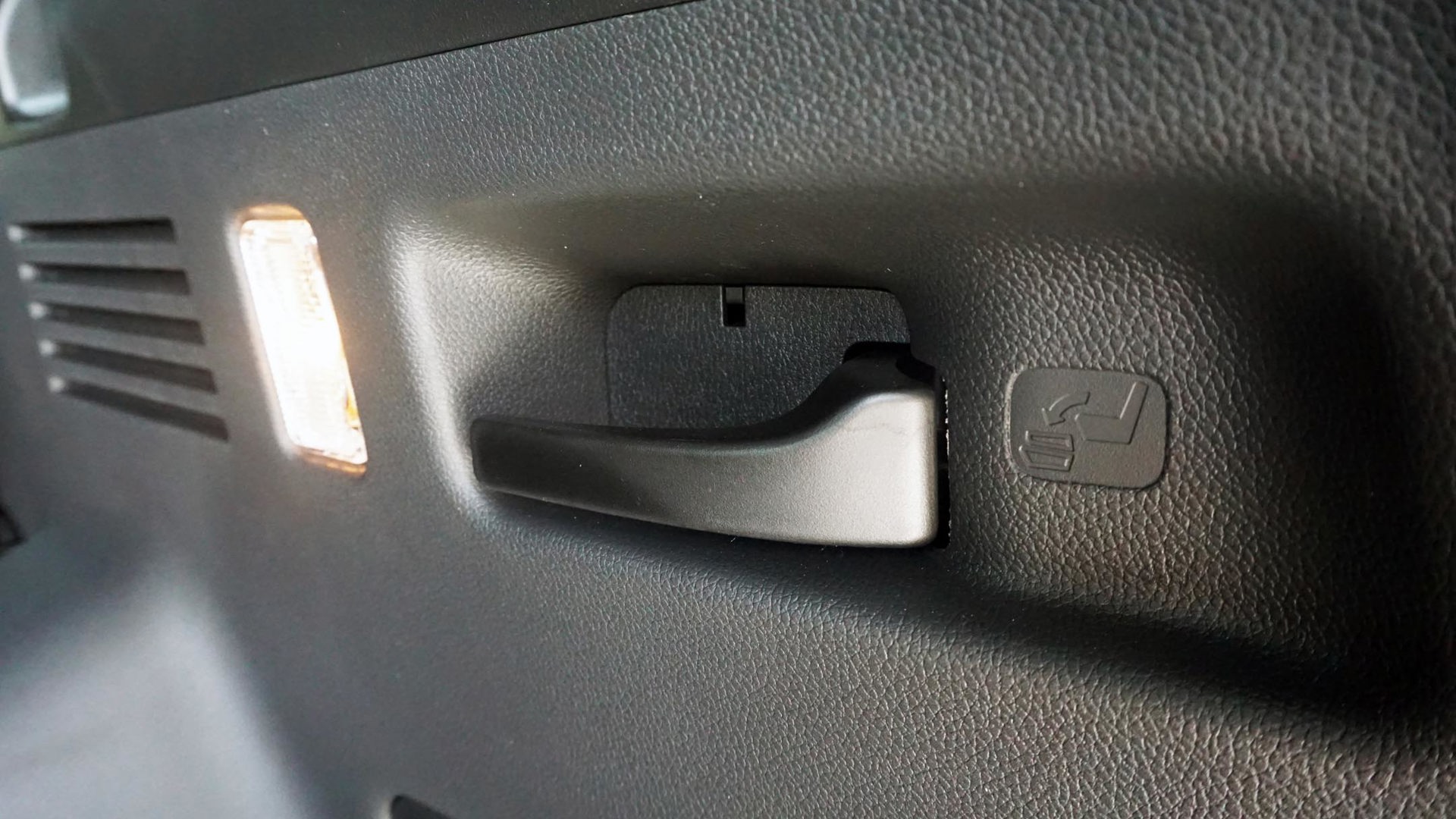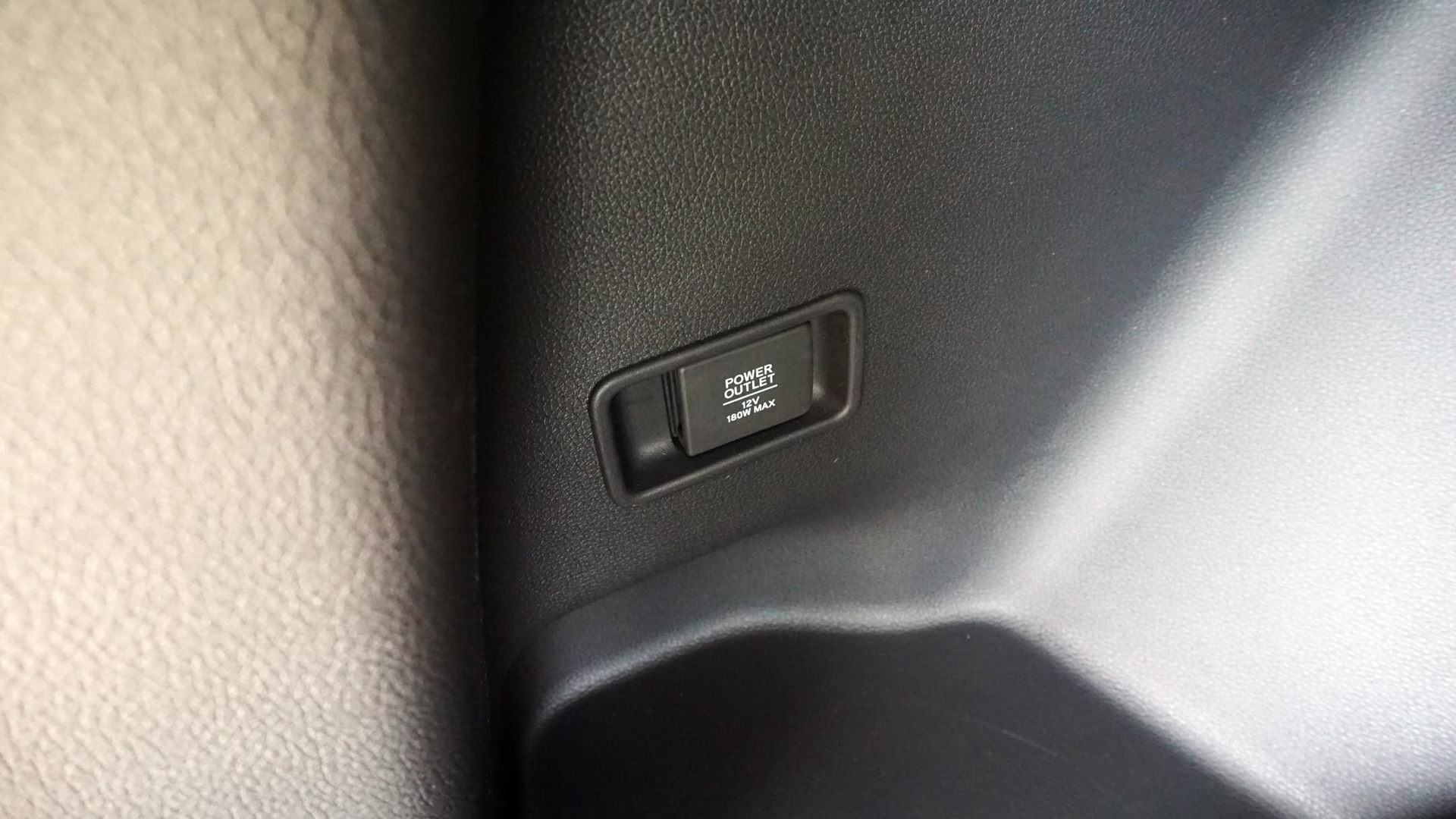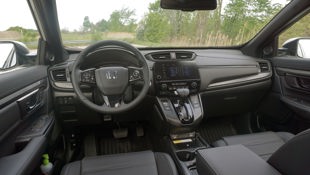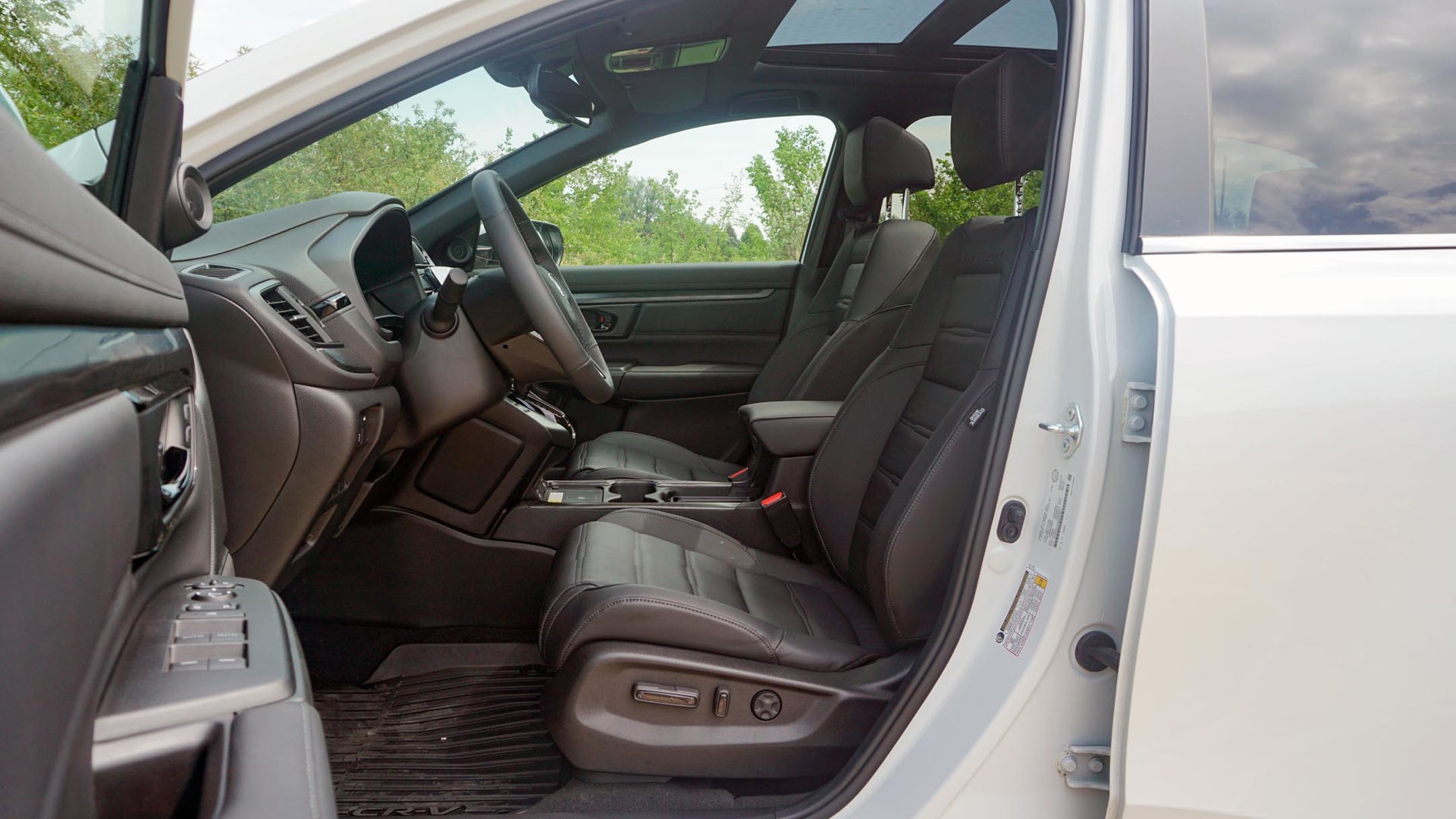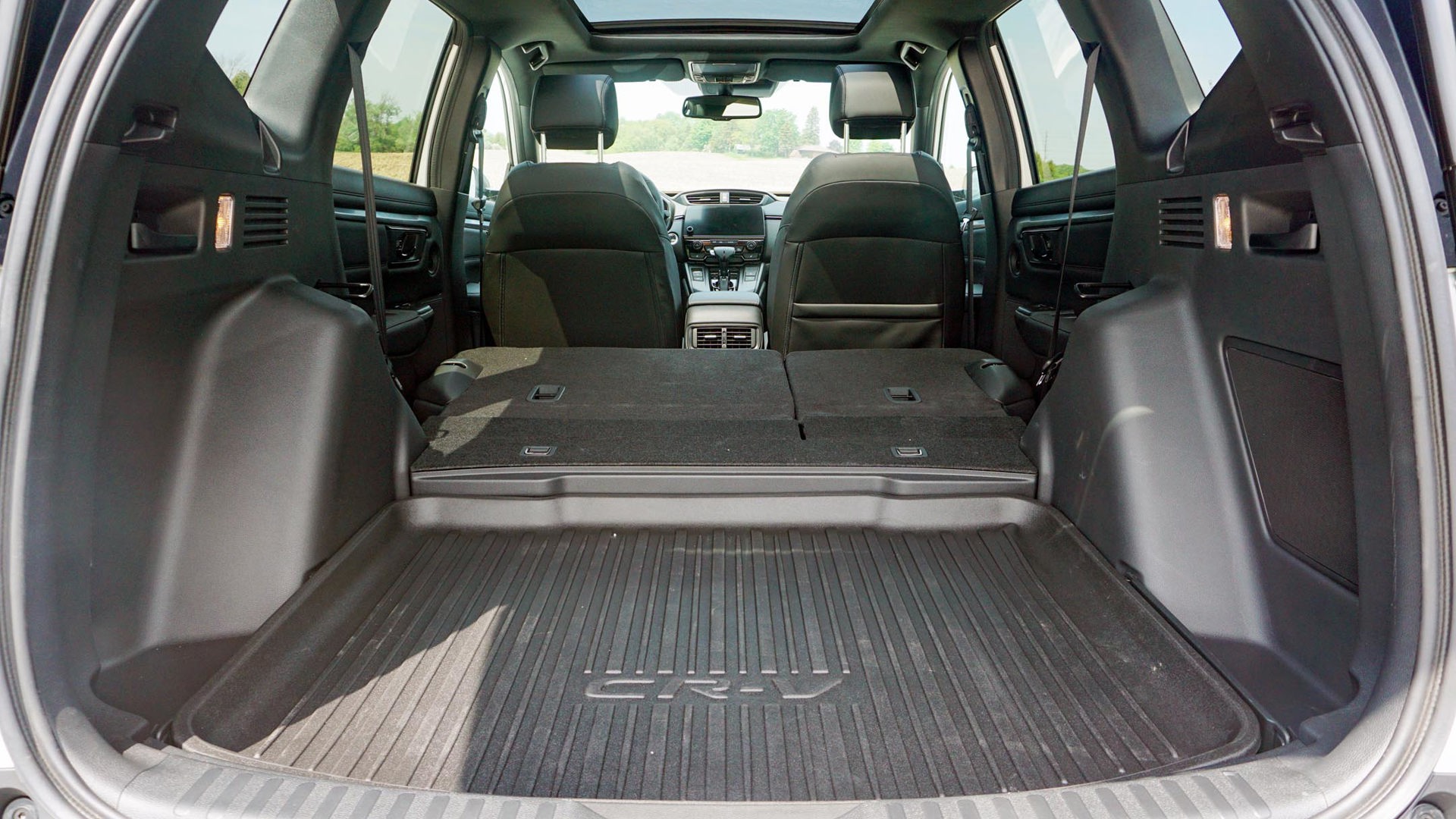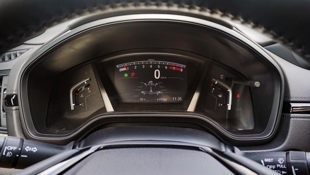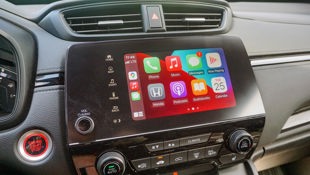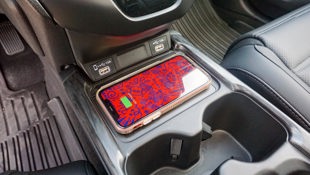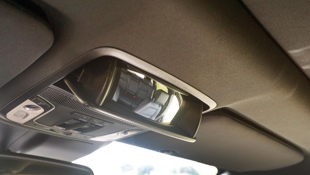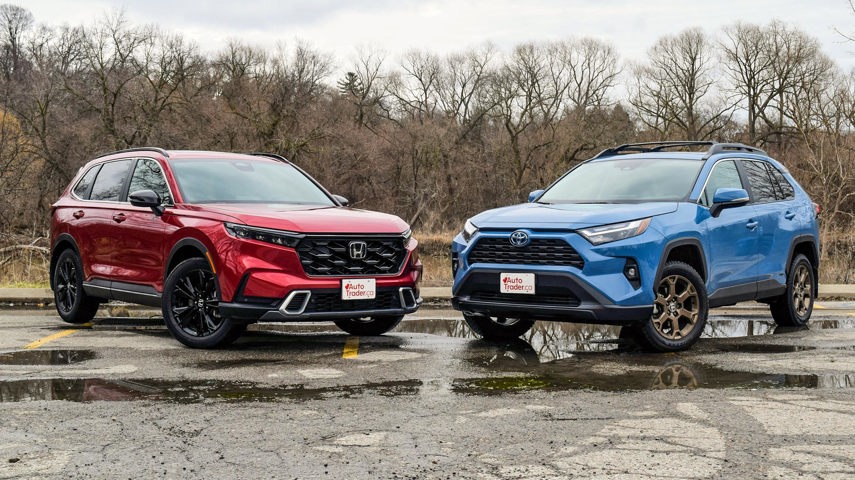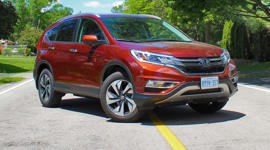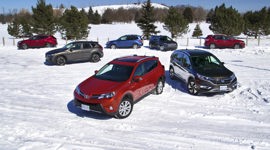 AutoTrader SCORE
AutoTrader SCORE
-
STYLING8/10
-
Safety9/10
-
PRACTICALITY10/10
-
USER-FRIENDLINESS8/10
-
FEATURES7/10
-
POWER7/10
-
COMFORT7/10
-
DRIVING FEEL8/10
-
FUEL ECONOMY9/10
-
VALUE7/10
Age may be nothing but a number, as the adage goes, but it’s also not doing the 2021 Honda CR-V any favours.
It’s only been on the market in its current form for five years but it feels like a lifetime in a fast-moving segment where virtually every one of its competitors has been overhauled or significantly updated since. There’s simply no way to sugar-coat the ways in which this Honda comes up short of the competition, with more than a few key features missing from the list. But as far as the fundamentals go, the CR-V can still hold its own in all the ways that matter.
Features: 7/10
It’s not as if this is some barren econobox, but even at the top of the lineup this Touring-based Black Edition is missing content that plenty of competitors offer. Take, for instance, ventilated front seats – they aren’t offered in the CR-V despite their inclusion in its top rival, the Toyota RAV4. There’s also no head-up display, which the recently reworked Nissan Rogue and its mechanical twin, the Mitsubishi Outlander, both boast in their most expensive trims, as does the Mazda CX-5, while one can be added to the Ford Escape through the options list. All of those rivals also offer surround-view monitoring systems, which can’t be had with the CR-V.
Even more basically, though, there are no USB-C ports inside the CR-V, only USB-A – and one of the four featured at the top of the lineup has a measly one-amp output, which means it’s going to be slow to charge a connected device. At seven inches, the infotainment screen is small by modern standards, and while the system features both Android Auto and Apple CarPlay neither connection is wireless.
Practicality: 10/10
What the CR-V does better than most crossovers its size is offer outstanding usefulness and usability, not just in its outright space for people and stuff but how it’s all accessed. Take the rear doors: they’re massive but impossibly light, so youngsters won’t have any problem pulling them open or closed. Beyond that, they open almost a full 90 degrees, which is handy when helping little ones into and out of car seats, while all four doors extend to the bottoms of the rocker panels – great for keeping road grime off of pant legs.
Cargo room is at the top of the class, with 1,110 L behind the back seats (the Touring and Black Edition trims have 45 L less due to the location of the stereo’s subwoofer) and 2,146 L with them folded. More than that, though, the hatch opening is huge, while the liftover height is station-wagon low, so lugging bulky items inside isn’t unnecessarily strenuous. Should the maximum cargo capacity be required to transport an oversized item, the 60/40-split folding rear seats can be tumbled using handles just inside the tailgate, an underutilized solution in the segment and beyond that eliminates the need to walk around the vehicle to do the job.
Comfort: 7.5/10
Passenger space is generous, too, with tons of rear-seat legroom and plenty of cabin width. However, headroom is noticeably cramped for tall occupants. While the height of the cargo area is enough to easily accommodate a 29-inch mountain bike standing upright with the front wheel removed, the panoramic sunroof that’s part of the Touring and Black Edition packages cuts into space in both rows of seats (the same is true up front with the smaller sunroof that’s included with both Sport and EX-L trims).
Even so, a family of four should find all the room they need inside, and the front and rear seats are heated in the top three trims (heated front seats are included in every trim, while all but the base get a heated steering wheel). And while the same seats covered in cloth upholstery led to some discomfort and leg pain while testing the CR-V Sport, none of those complaints were lodged here. The perforated black leather that comes in the EX-L, Touring, and Black Edition trims perhaps isn’t at premium levels, but it’s as nice as what’s offered elsewhere in the segment.
Every version of the CR-V comes with a dual-zone automatic climate control system that’s quick to reach a prescribed temperature without working too hard to get there. The cabin isn’t especially quiet, however, with all sorts of road and engine noise making its way inside.
Power: 7/10
With a 1.5L turbocharged four-cylinder buzzing away under the hood, the CR-V sounds like it’s packing more fury than it actually is. It’s the automatic continuously variable transmission (CVT) that brings the worst out of this drivetrain, straining to accelerate even at a brisk pace and winding out almost endlessly with the pedal pressed to the floor.
Despite all the noise that’s generated there’s just 190 hp and 179 lb-ft of torque to work with, though it’s more than enough in an application like this. With a turbocharger helping maximize its potential, all that torque kicks in at 2,000 rpm and stays there until 5,000 rpm. That’s the stuff that creates forward momentum, and with such a wide powerband the CR-V has the guts required to pass or merge in most situations with little protest beyond the audible buzzing and clattering that makes its way inside.
Fuel Economy: 9/10
While the base trim skips standard all-wheel drive, it can be added for $2,500. It’s included in the asking price of every other trim, and the fully automatic system shuffles torque around to where it’s best utilized. That means sending it to the front wheels the majority of the time to cut fuel consumption – something it does well.
Officially, all-wheel-drive examples of the CR-V are rated to burn 8.7 L/100 km in the city, 7.4 on the highway, and 8.1 combined. An initial evaluation drive spanning 230 km spread across rural, urban, and highway settings saw this tester turn in a rather respectable 7.2 L/100 km. That’s awfully close to hybrid territory. While the final tally after a full week of testing landed at 8.2 L/100 km over the course of 570 km, this Honda continues to impress for its ability to sip fuel.
Driving Feel: 8/10
Driving dynamics may not be the CR-V’s speciality, though it’s a perfectly capable commuter with good steering response and not too much body roll. Yes, it still lists side to side when taking a highway on-ramp with a little too much speed; but it’s not as dull to drive as one might (reasonably) expect. It’s mild-mannered and easily controlled, with quick changes of direction and smooth suspension damping over most surfaces.
Safety: 9/10
Regardless of trim, the CR-V comes fitted with all kinds of basic and advanced safety equipment. There are six airbags throughout the cabin, including side curtains, as well as electronic traction and stability controls, a government-mandated back-up camera, and child-seat anchors across all three rear seating positions.
Also standard is forward collision warning with automatic emergency braking, lane-departure warning and keeping assistance, automatic high-beams, and adaptive cruise control that works in stop-and-go traffic. Blind-spot monitoring is reserved for the Touring trim and the Black Edition that’s based on it, while the Sport and EX-L trim get Honda’s camera-based system that provides a live look at the passenger side of the vehicle when the turn signal is engaged or a button on the end of the signal stalk is pressed.
User Friendliness: 8/10
Honda’s forward collision warning system is notoriously sensitive, so city dwellers take note: expect plenty of beeping and flashing around town. The same is true of the adaptive cruise control, which maintains a rather wide gap from a preceding vehicle even in its closest setting. That gap is just wide enough for fellow motorists to zip in, causing a ripple effect as the CR-V automatically slows down to compensate.
While nothing can be done to alleviate that issue, the controls for the various advanced safety features are clearly labelled and easily identified. Turning the lane-departure or forward collision warnings on or off is done via buttons near the driver’s left knee, while the adaptive cruise system is managed via buttons on the steering wheel.
Overall, the cabin is an exercise in simplicity, with most features and functions precisely where they should be. There’s even a bank of physical controls for the climate system, with knobs for temperature adjustment and buttons in between for fan speed and defrost – though choosing airflow direction must be done through the infotainment system.
That interface is perhaps the biggest source of complaints inside the CR-V. While it’s fairly straightforward in terms of menu structure and navigation, it’s slow to switch from one function to the next. It also employs touch sensors instead of buttons for shortcuts, and while there’s a volume knob there isn’t a corresponding one for changing songs or radio stations.
Value: 7/10
The Honda CR-V starts at $32,140 before tax but with the non-negotiable $1,870 freight fee. That’s for a front-wheel-drive model that includes stuff like Apple CarPlay and Android Auto, heated front seats, dual-zone automatic climate control, and a host of advanced safety items. Adding all-wheel drive sees the price climb to $34,640. Over at Toyota the base RAV4 is $30,450 without all-wheel traction and $32,550 with it, while a Nissan Rogue is $30,628 and $32,928, respectively, with or without all-wheel drive (though it’s lacking the advanced safety equipment the CR-V and RAV4 include).
And on it goes throughout the lineup, with the CR-V ringing in at a little more than comparable rivals though still within a reasonable distance to remain competitive. It’s only this Black Edition, a $45,740 vehicle before tax, that stretches the CR-V’s value proposition a little too far. Considering the features it’s missing, like a head-up display, surround-view monitor, and ventilated front seats, it’s more expensive than the top-of-the-line RAV4 ($43,550 before tax) and Rogue ($42,628 before tax), and it seems like a lot of extra money for some unique styling elements.
Styling: 8/10
The CR-V Black Edition does look great, though. Rarely does such a simple set of styling cues – as the name would suggest, lots of black accents enter the fray – transform a crossover like this, but it all manages to do enough to give this model a look all its own. Only offered in black or white paint, employing the latter here plays up the Star Wars Stormtrooper vibe, while the inside gets some gloss black finishes and subtle front seat embroidery to subtly declare its presence.
The Verdict
The 2021 Honda CR-V is certainly showing its age after five years on the market; and it could use an injection of some fresh new features to stay competitive in a segment that’s constantly fighting for attention. But whether it’s the space it offers, how everything inside works, or how efficient it is, the 2021 Honda CR-V handles the essentials really well. What it does better than the rest is the basics – no more, no less. That might not stir much emotion, but it means it can manage all manner of jobs without much trouble.
| Engine Displacement | 1.5L |
|---|---|
| Engine Cylinders | Turbo I4 |
| Peak Horsepower | 190 hp @ 5,600 rpm |
| Peak Torque | 179 lb-ft @ 2,000–5,000 rpm |
| Fuel Economy | 8.7 / 7.4 / 8.1 L/100 km cty/hwy/cmb |
| Cargo Space | 1,065 / 2,146 L seats up/down |
| Model Tested | 2021 Honda CR-V Black Edition |
| Base Price | $43,870 |
| A/C Tax | $100 |
| Destination Fee | $1,870 |
| Price as Tested | $45,840 |
|
Optional Equipment
None
|
|
